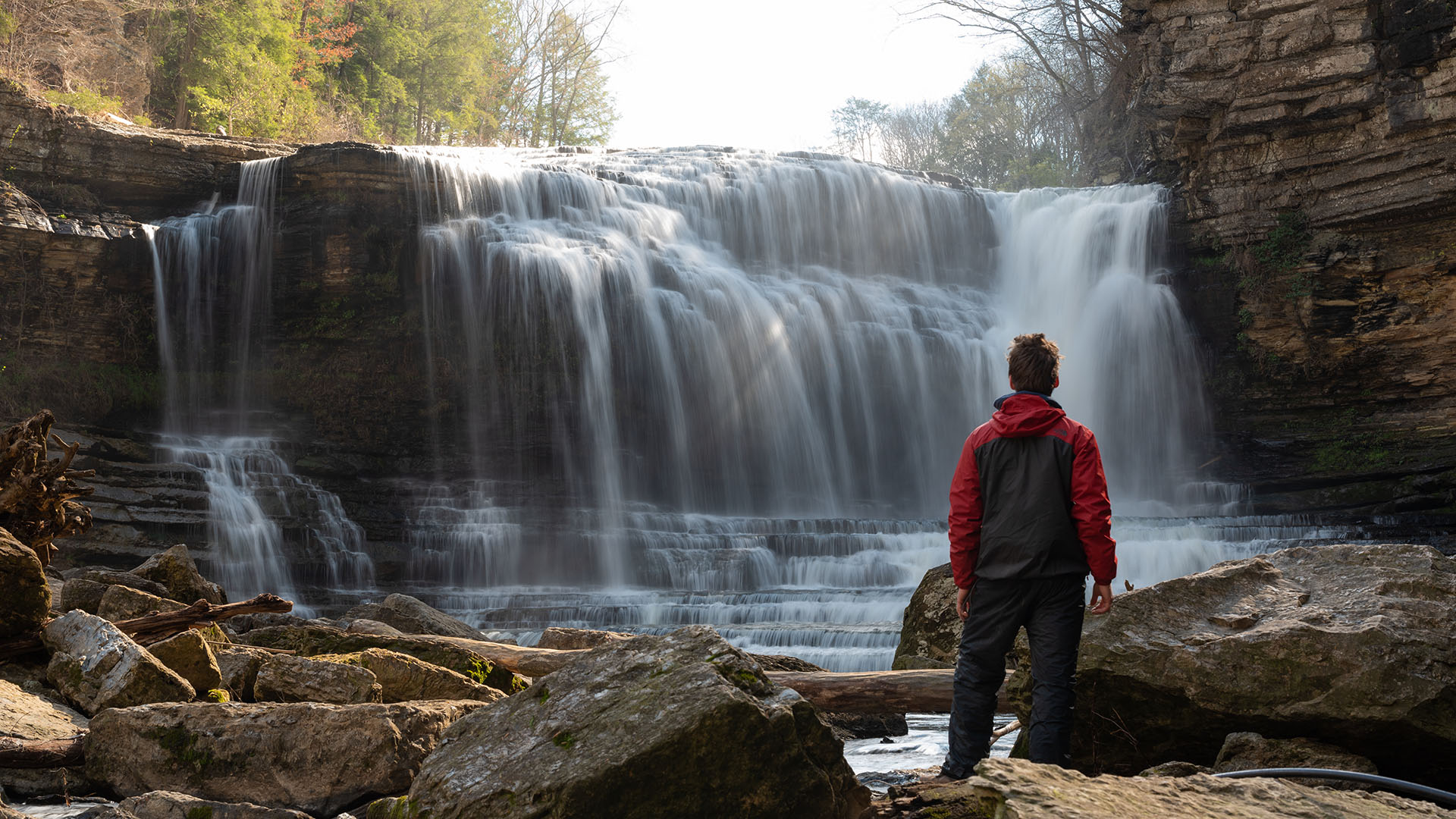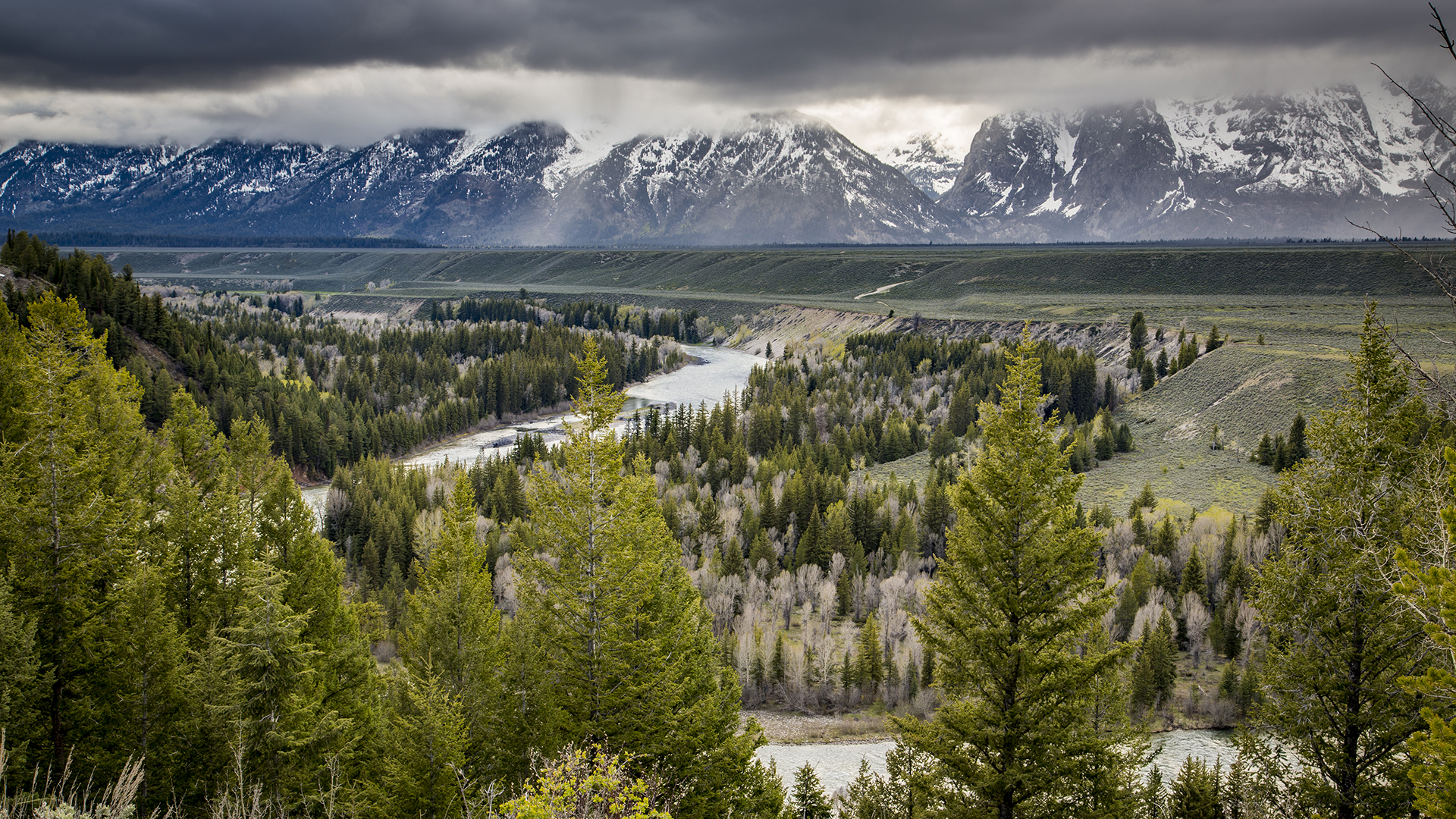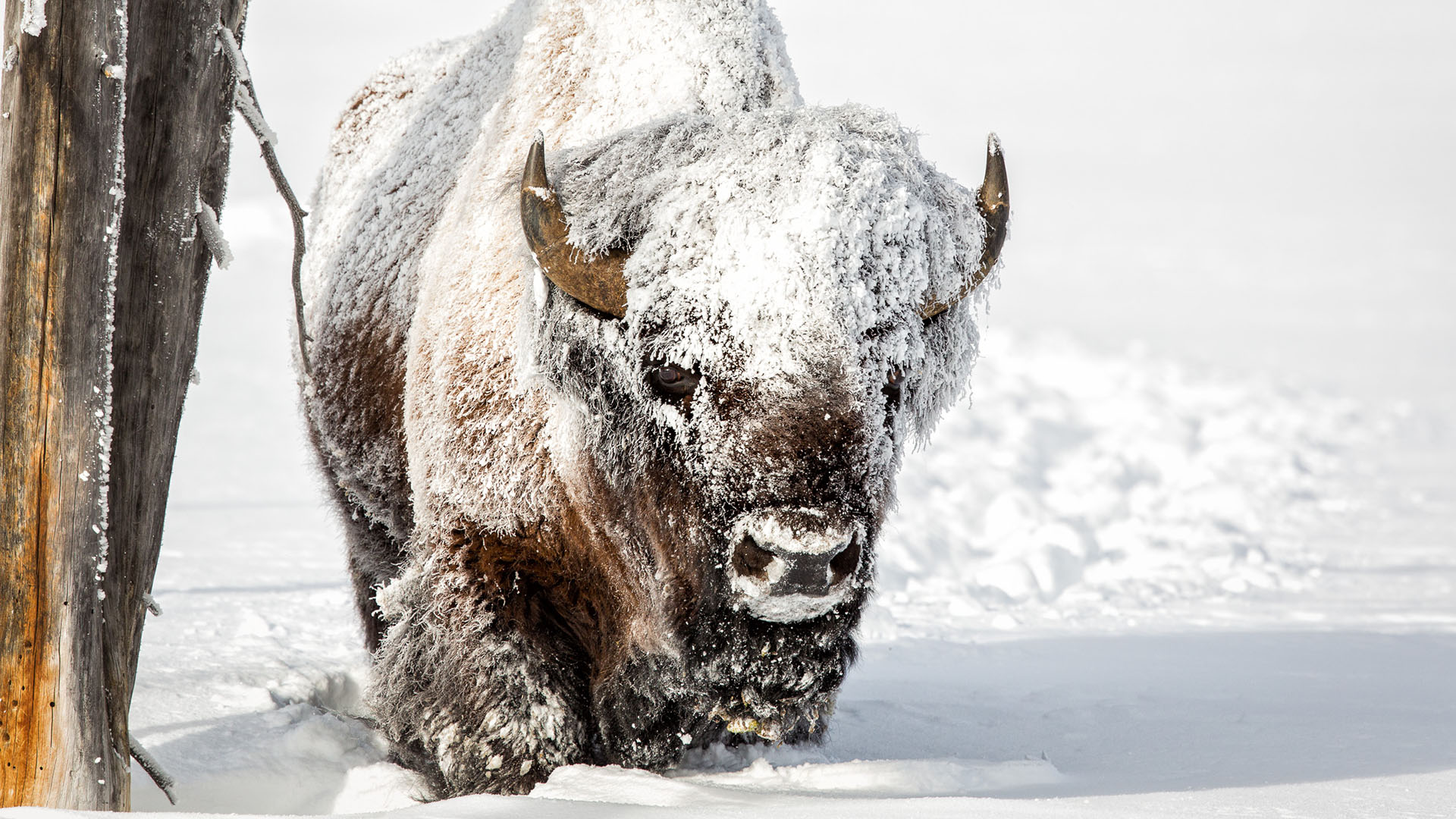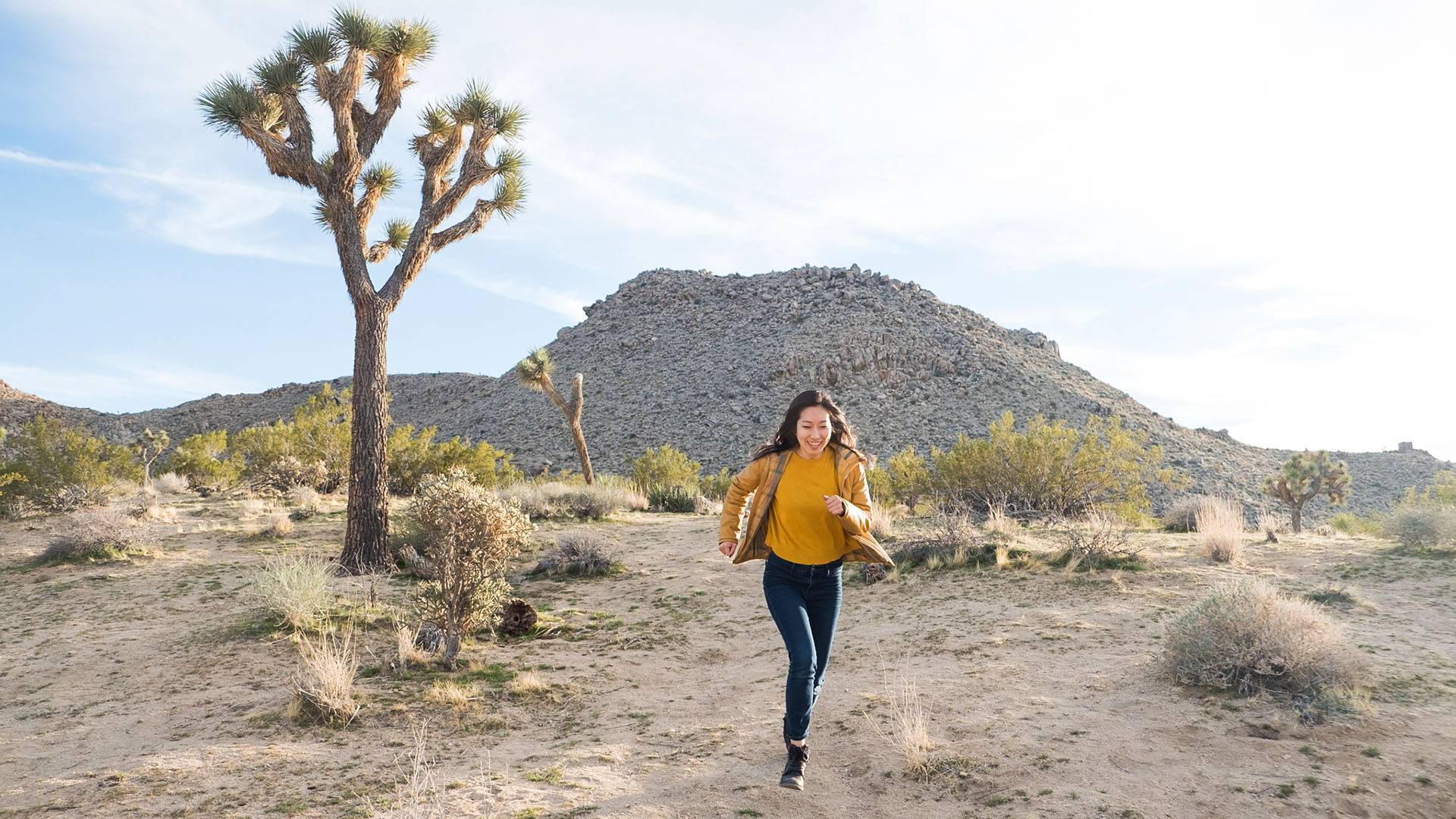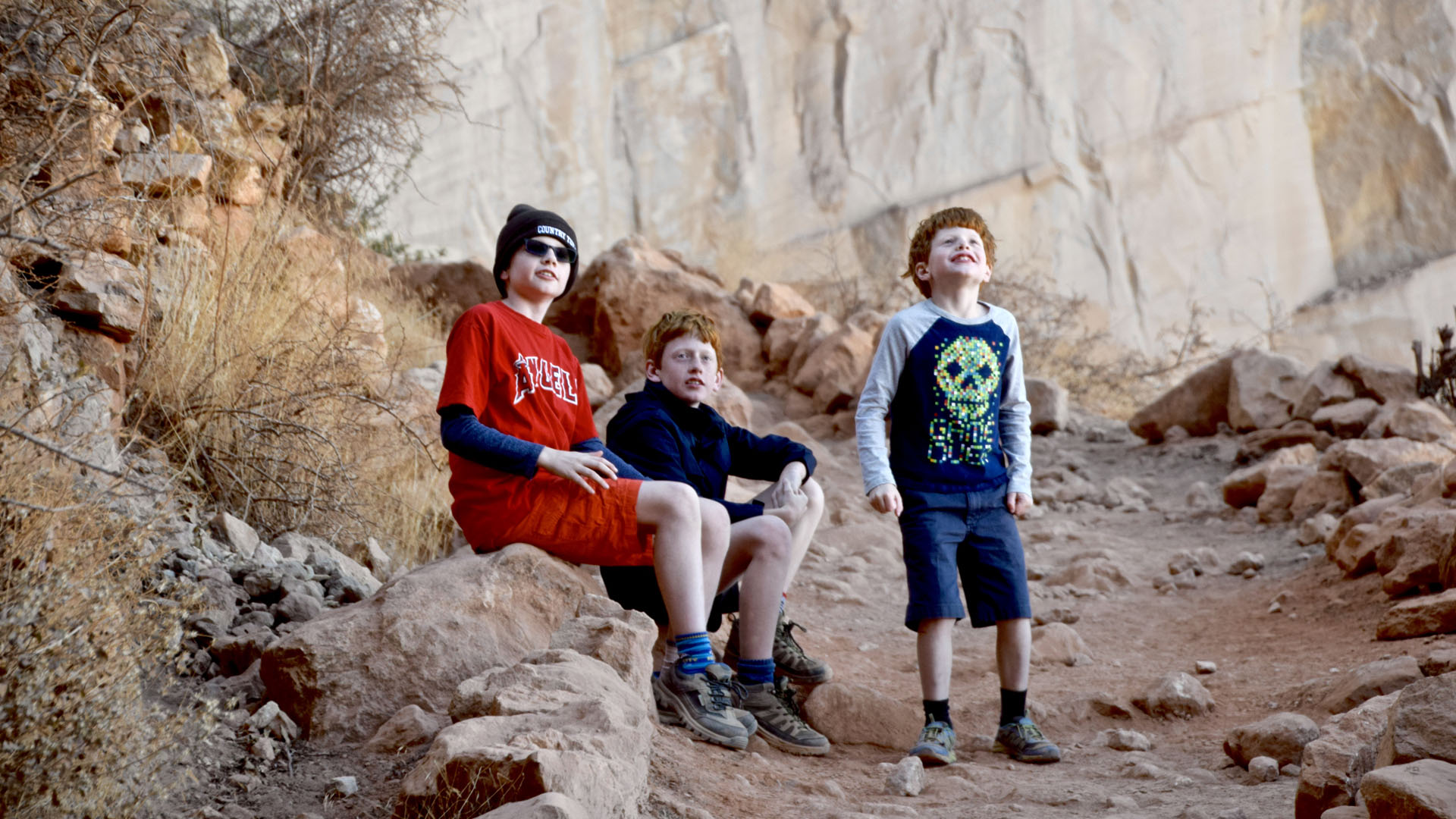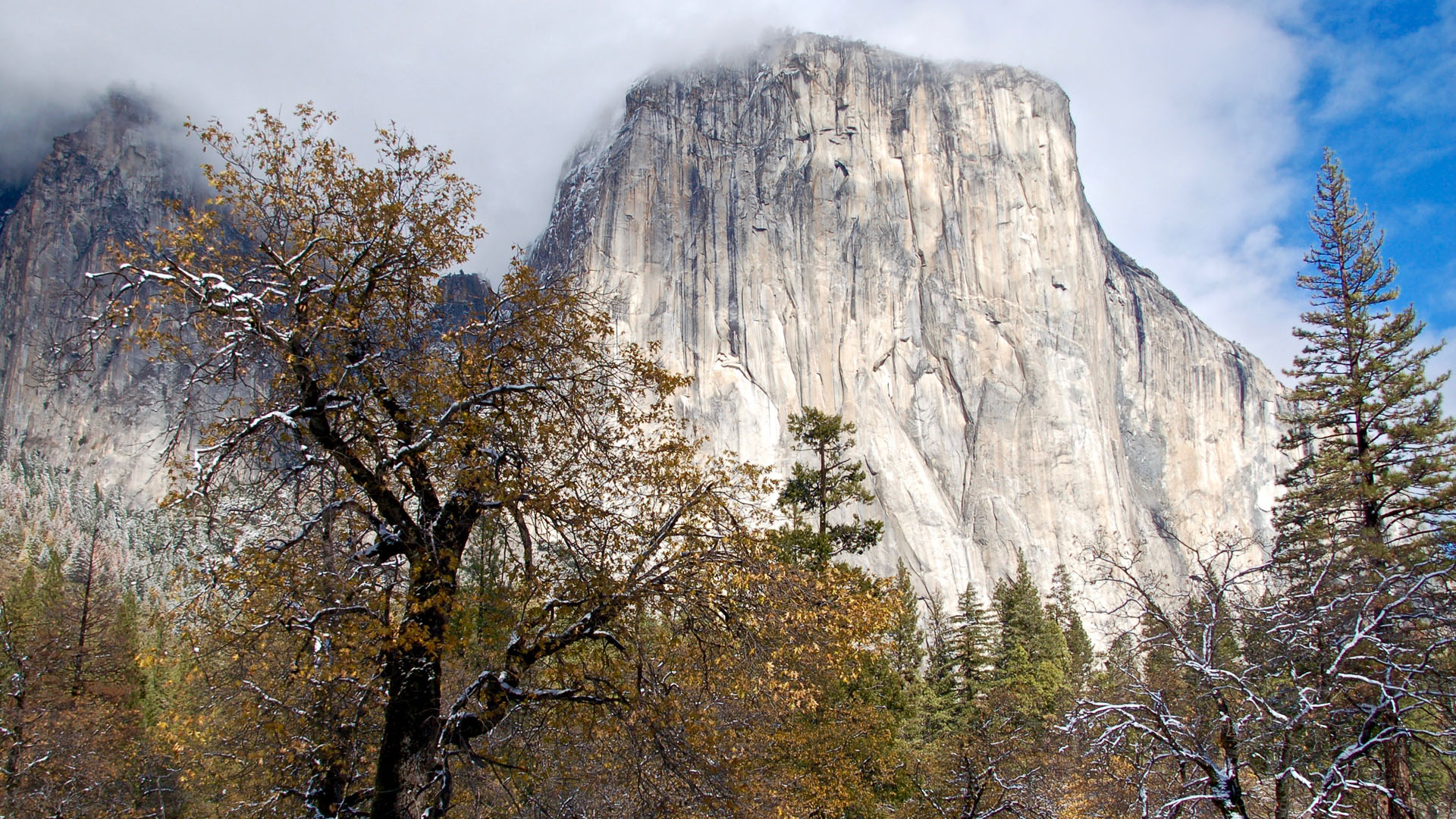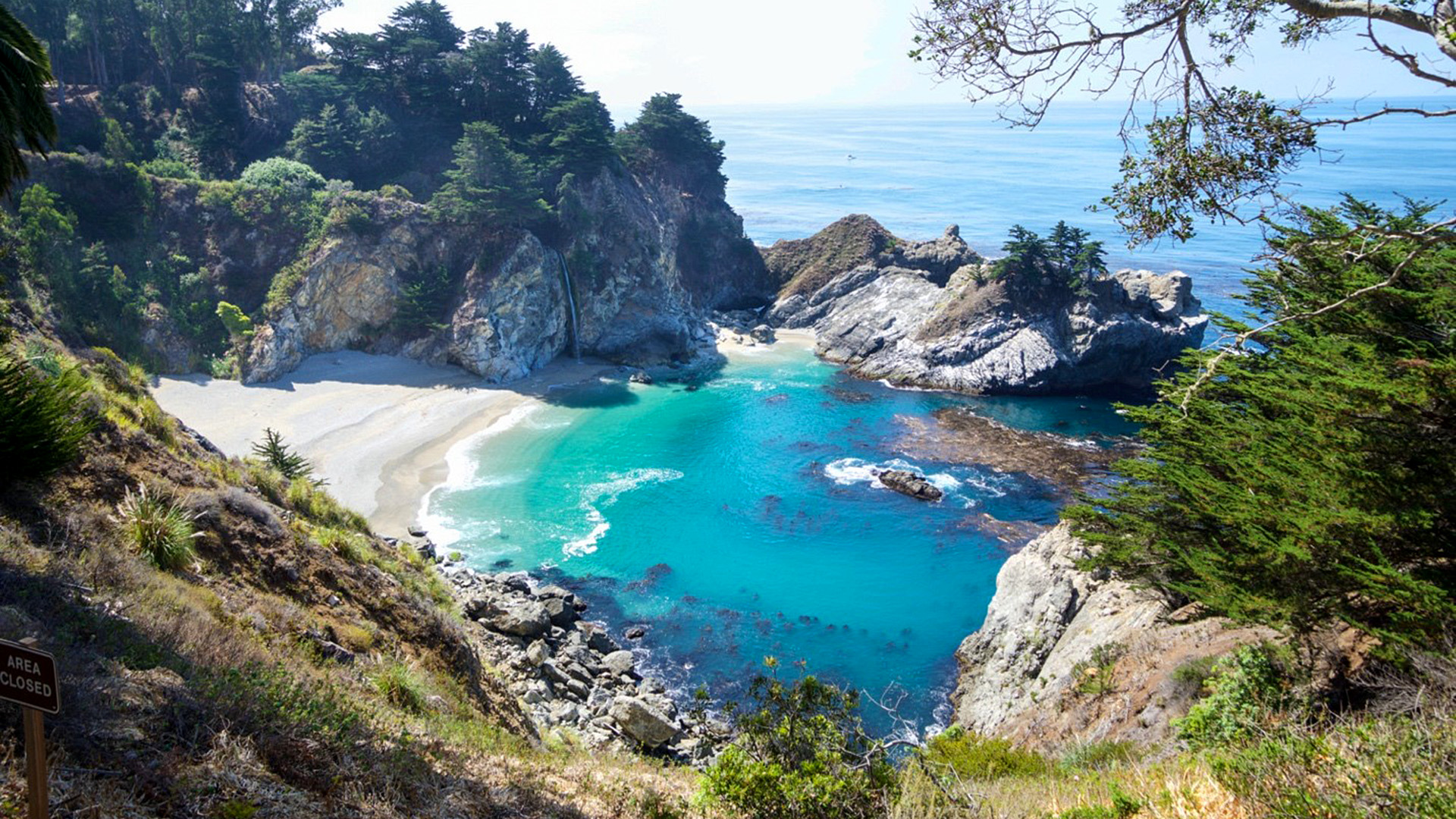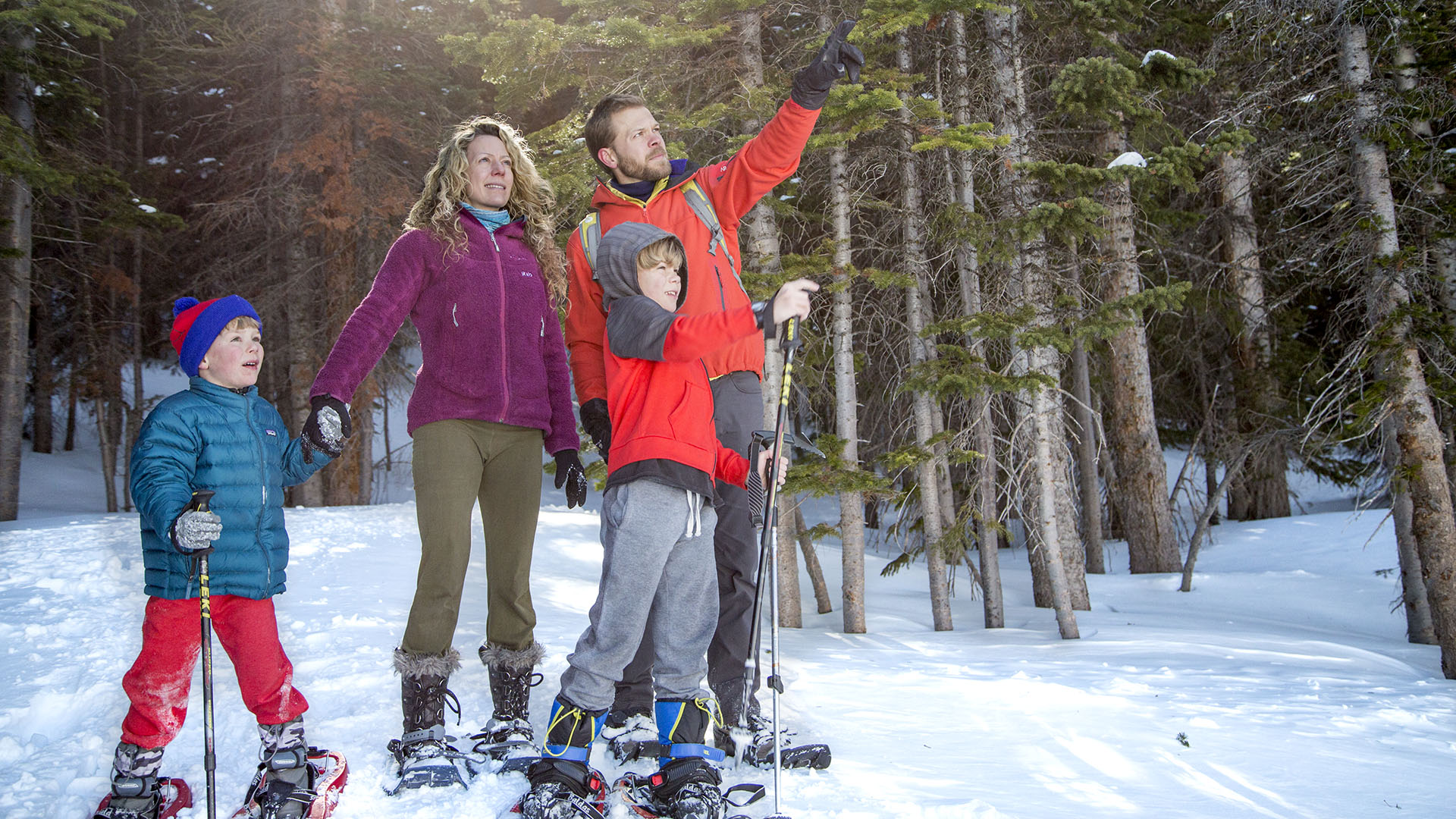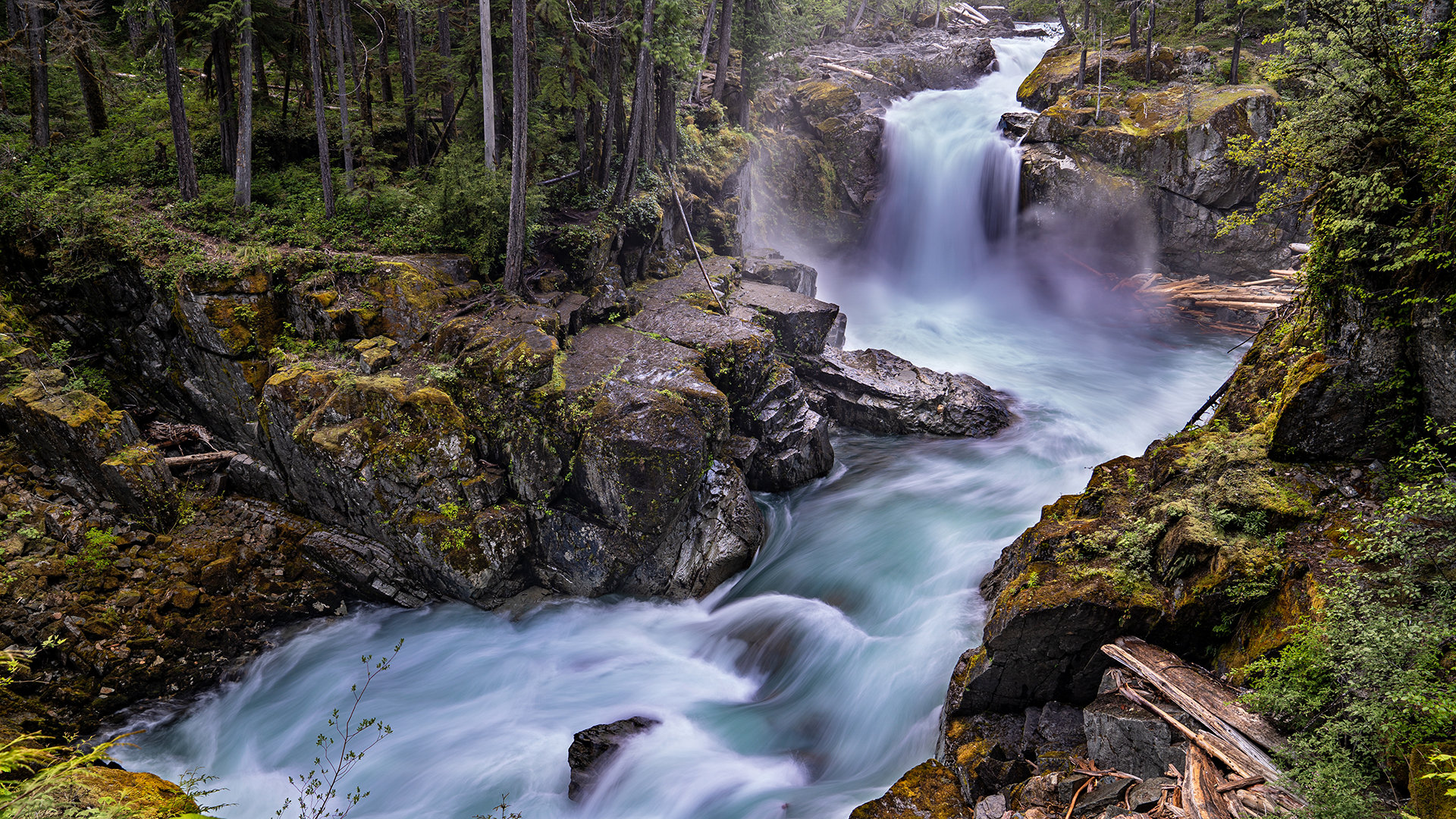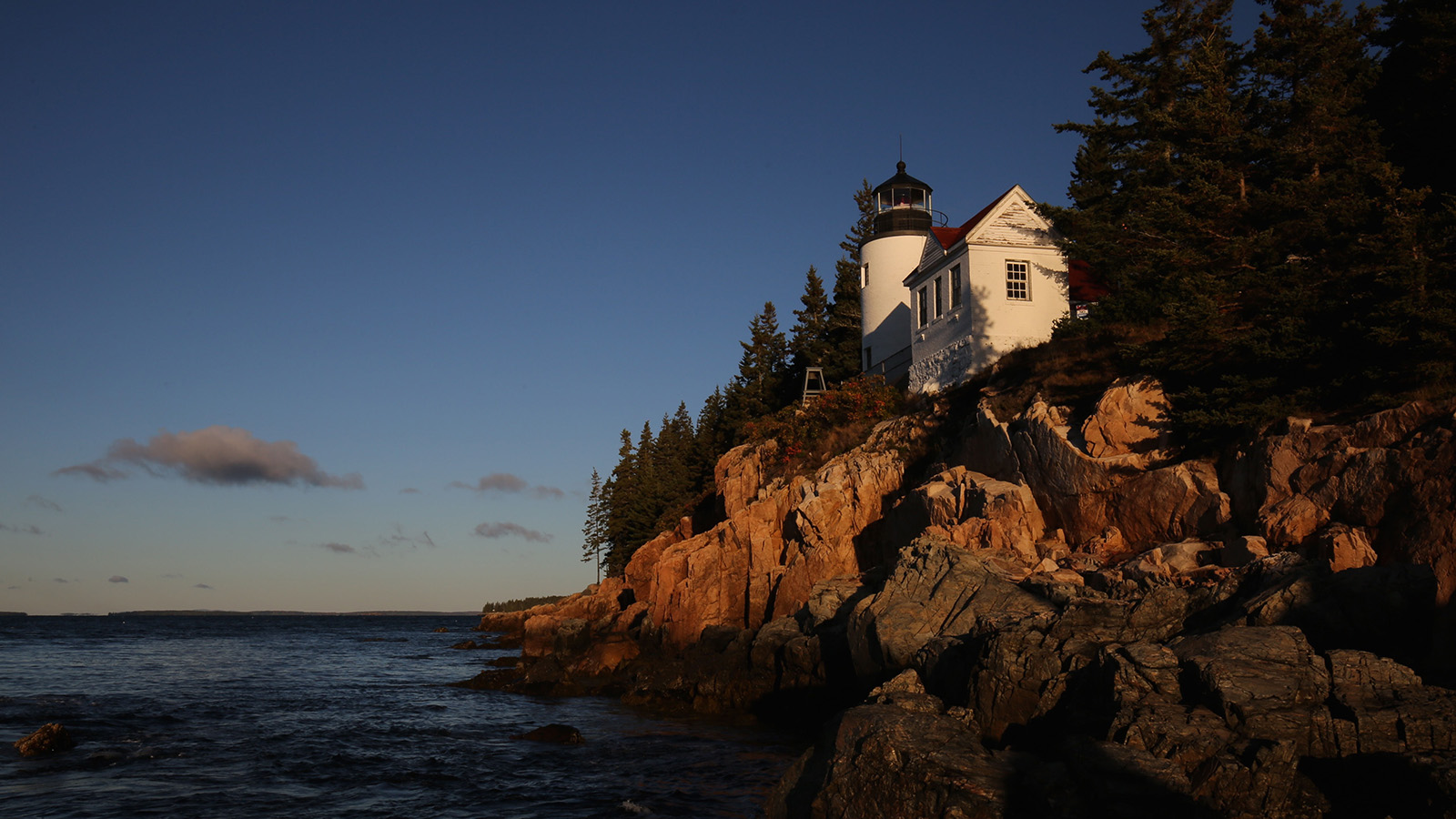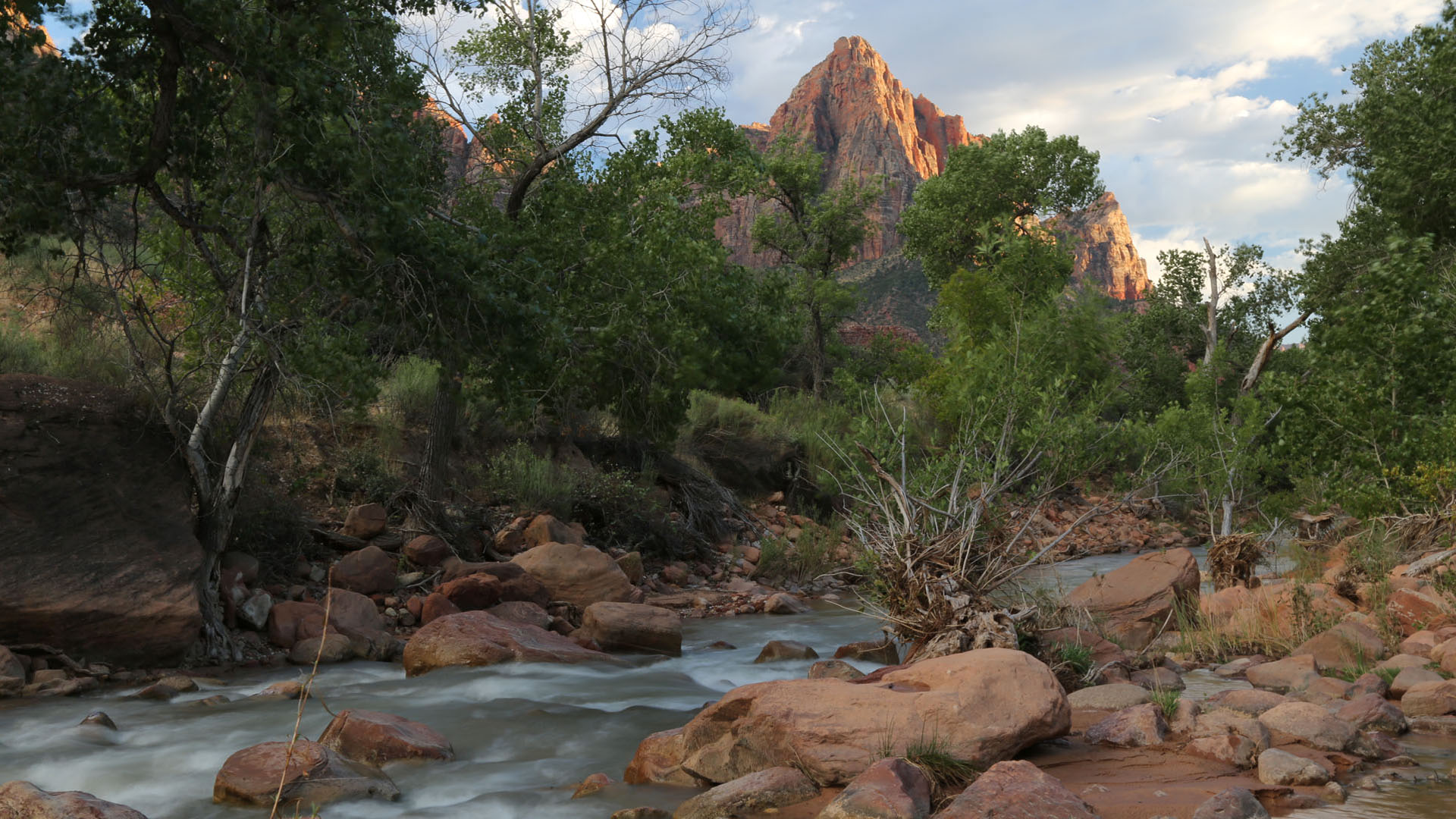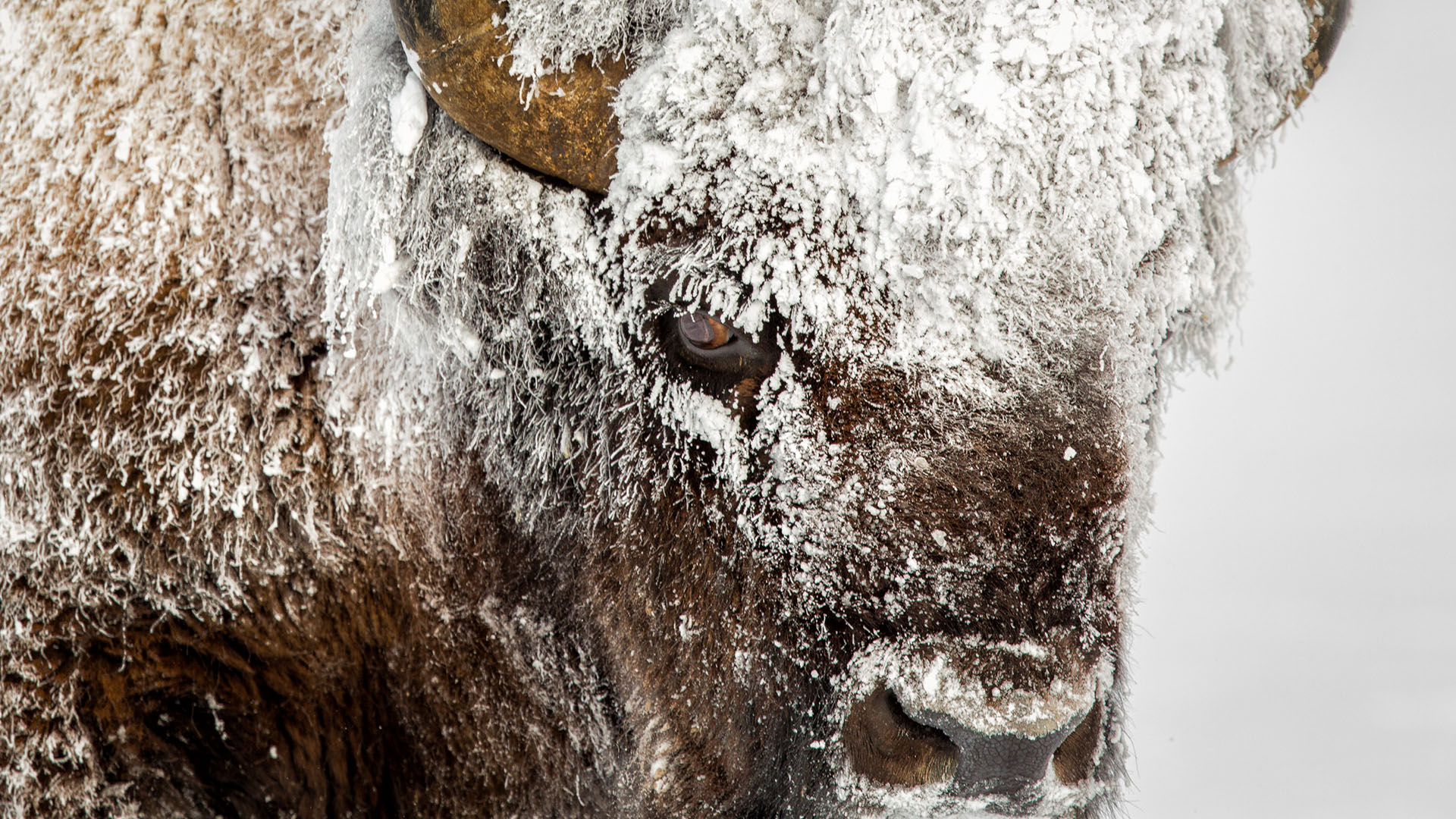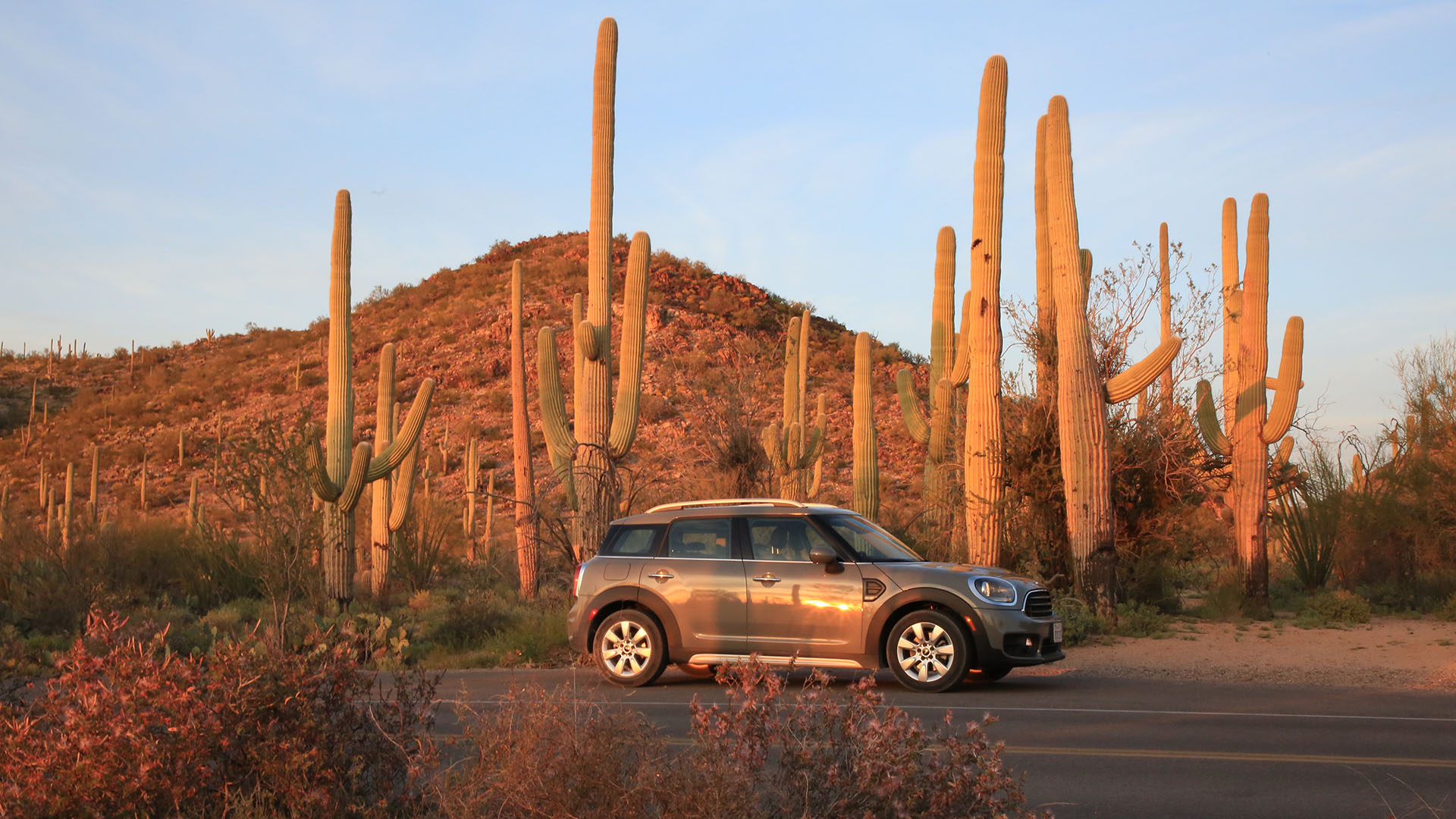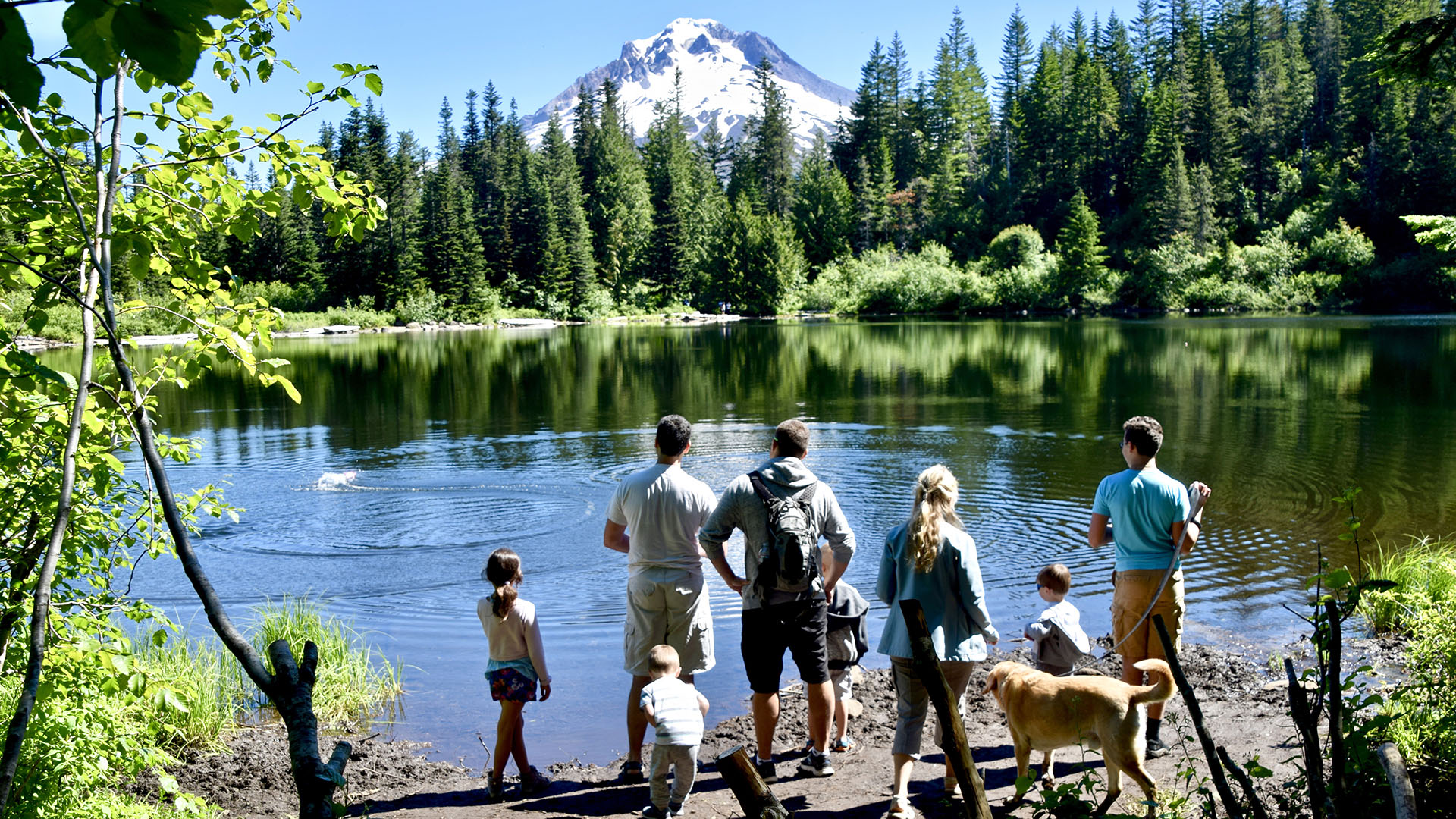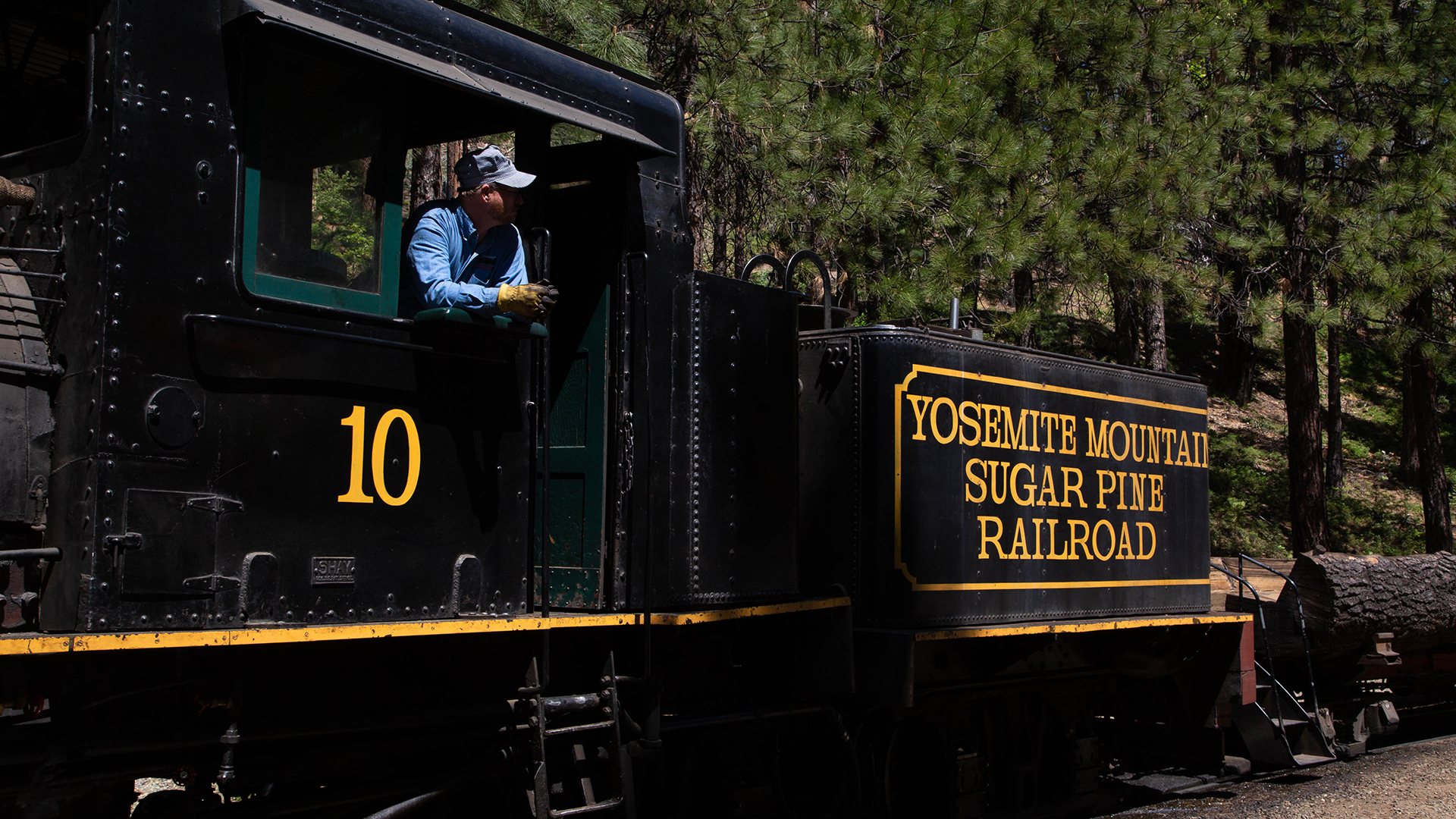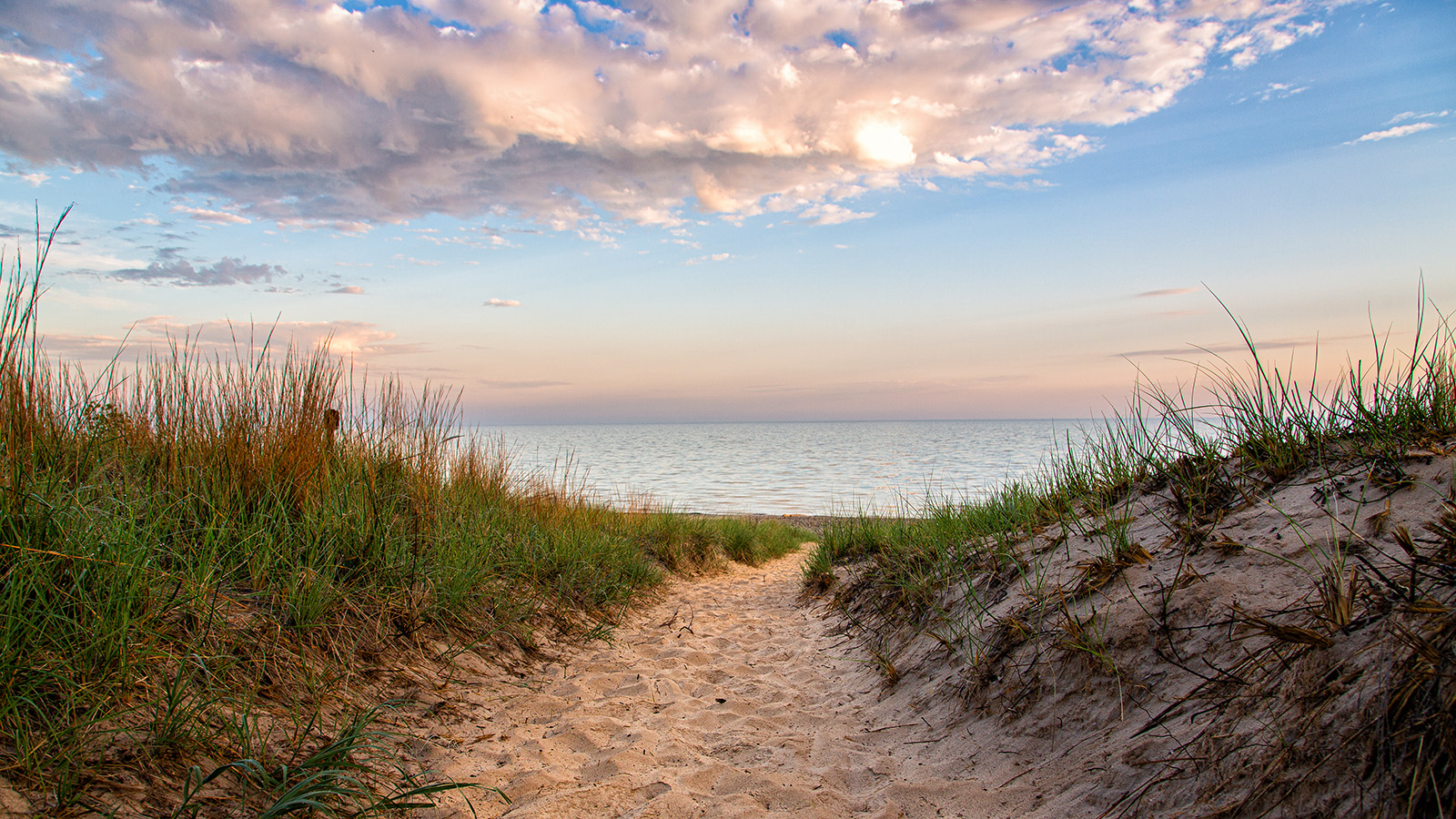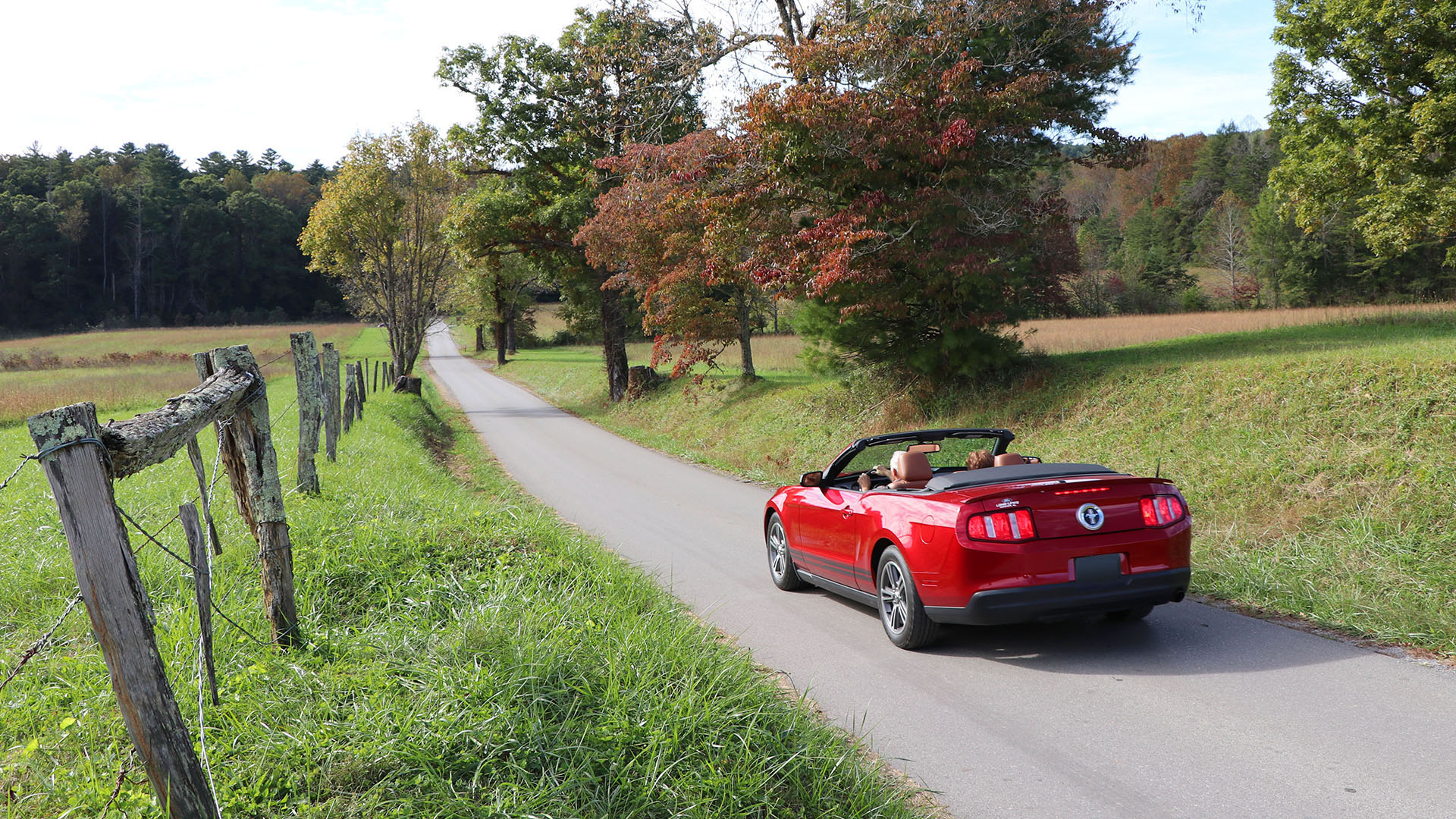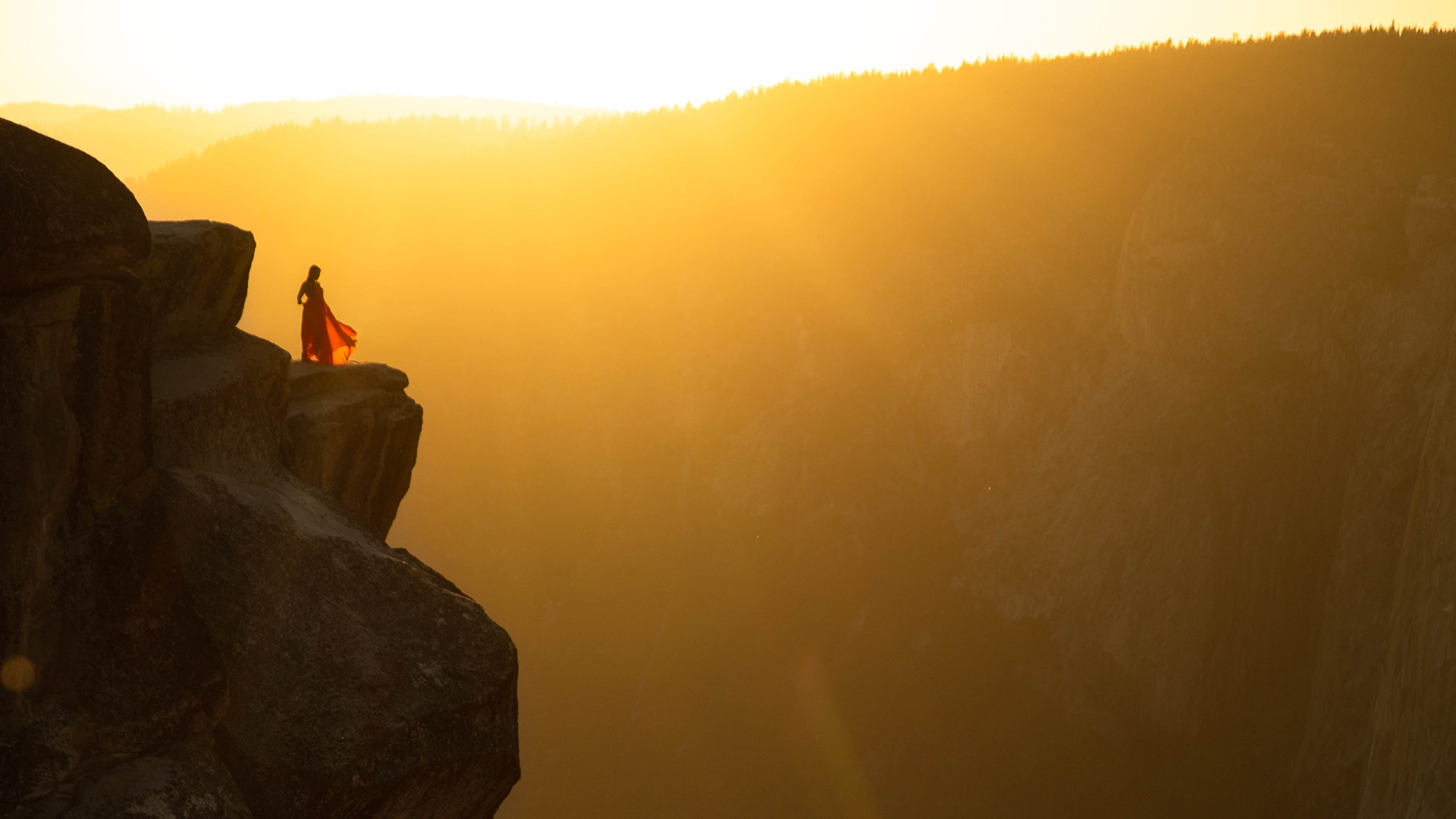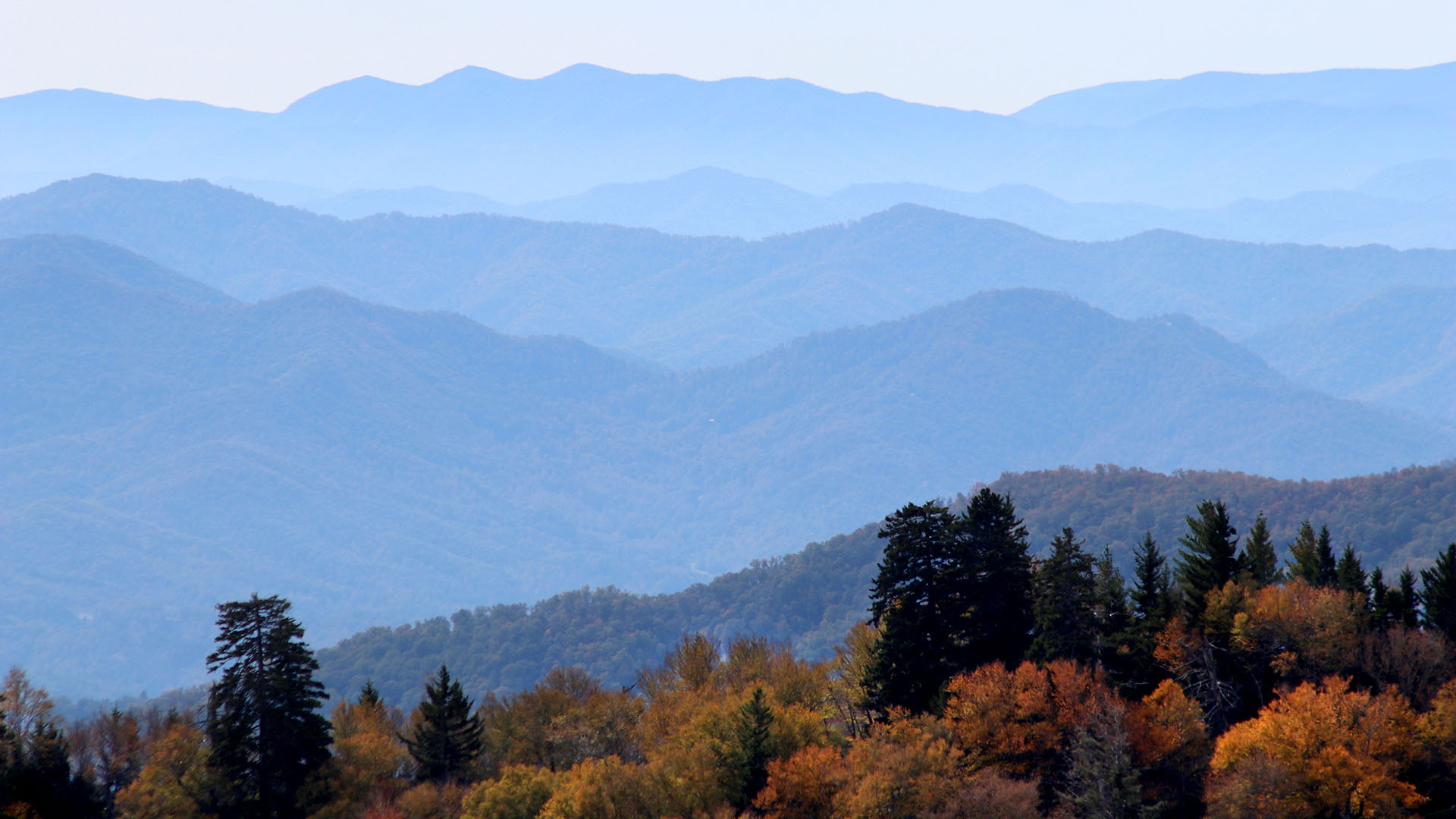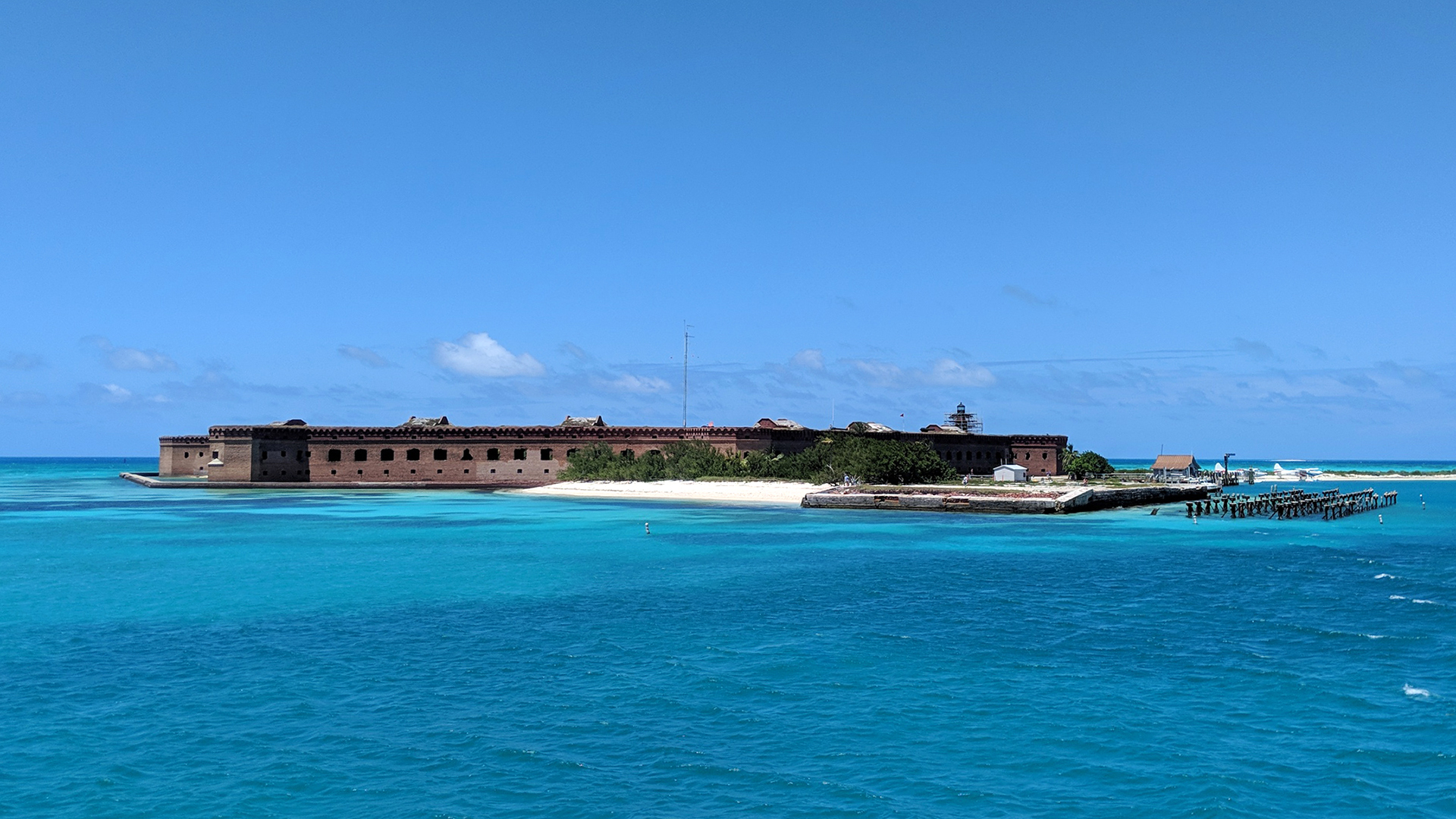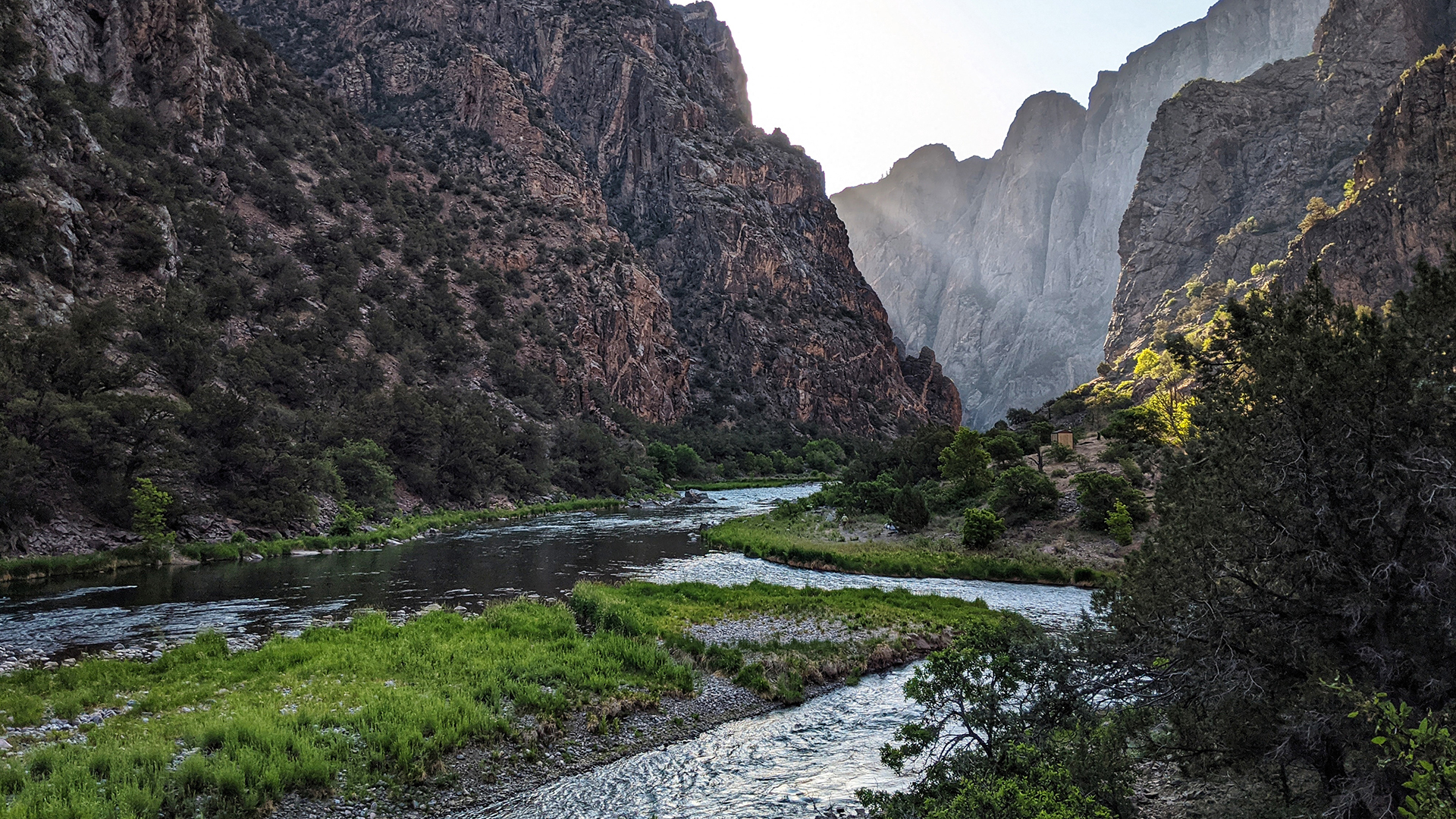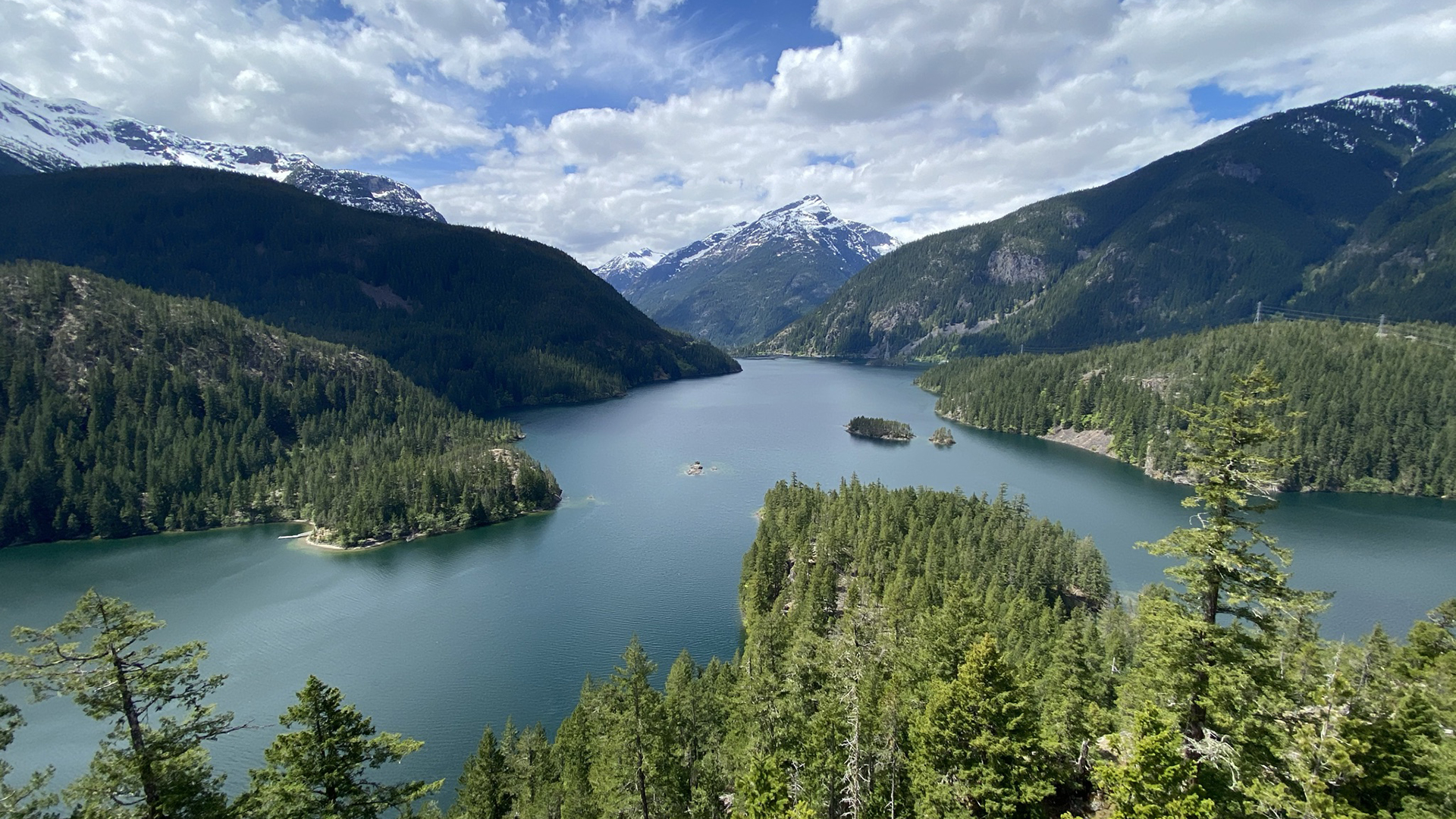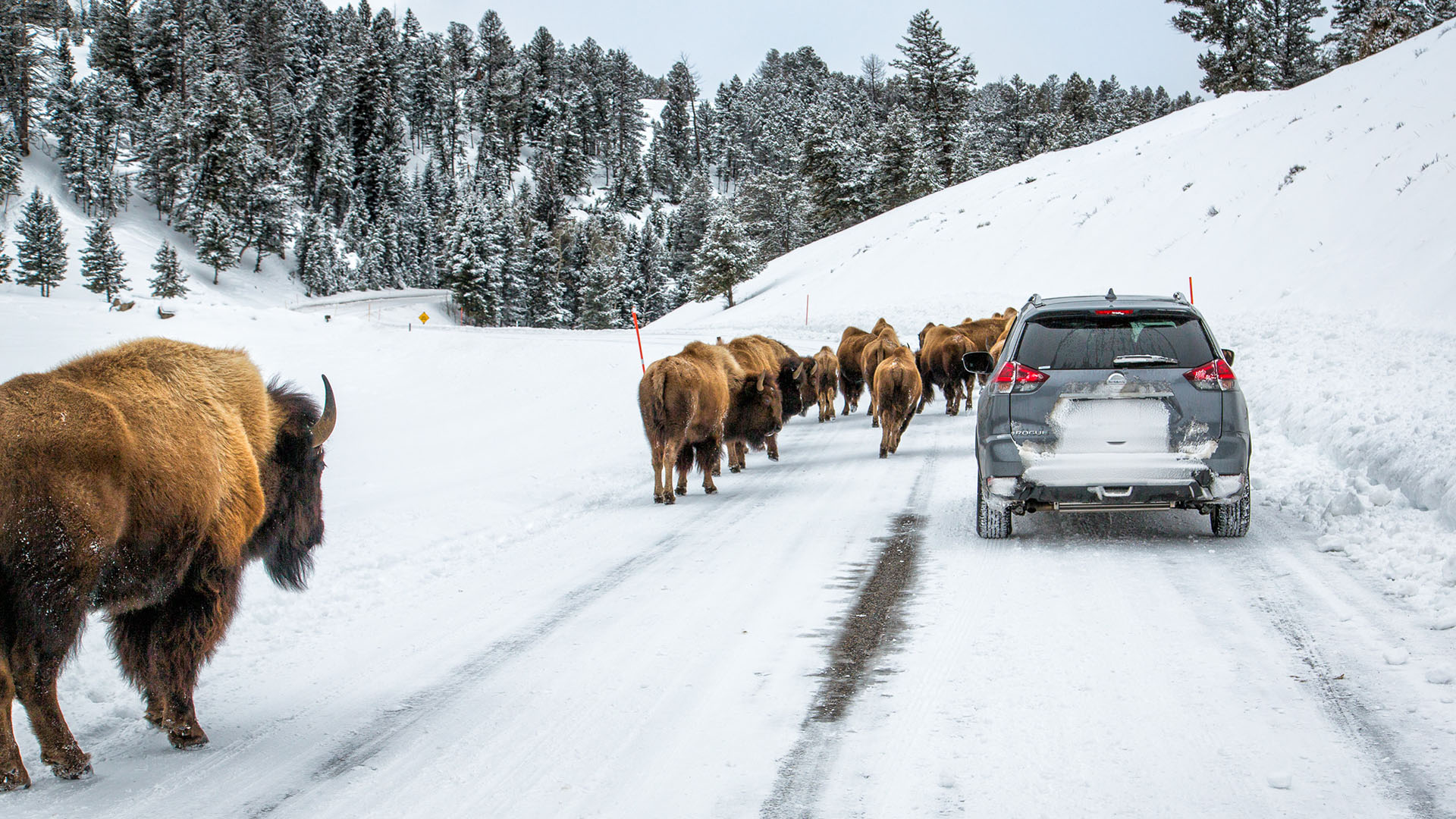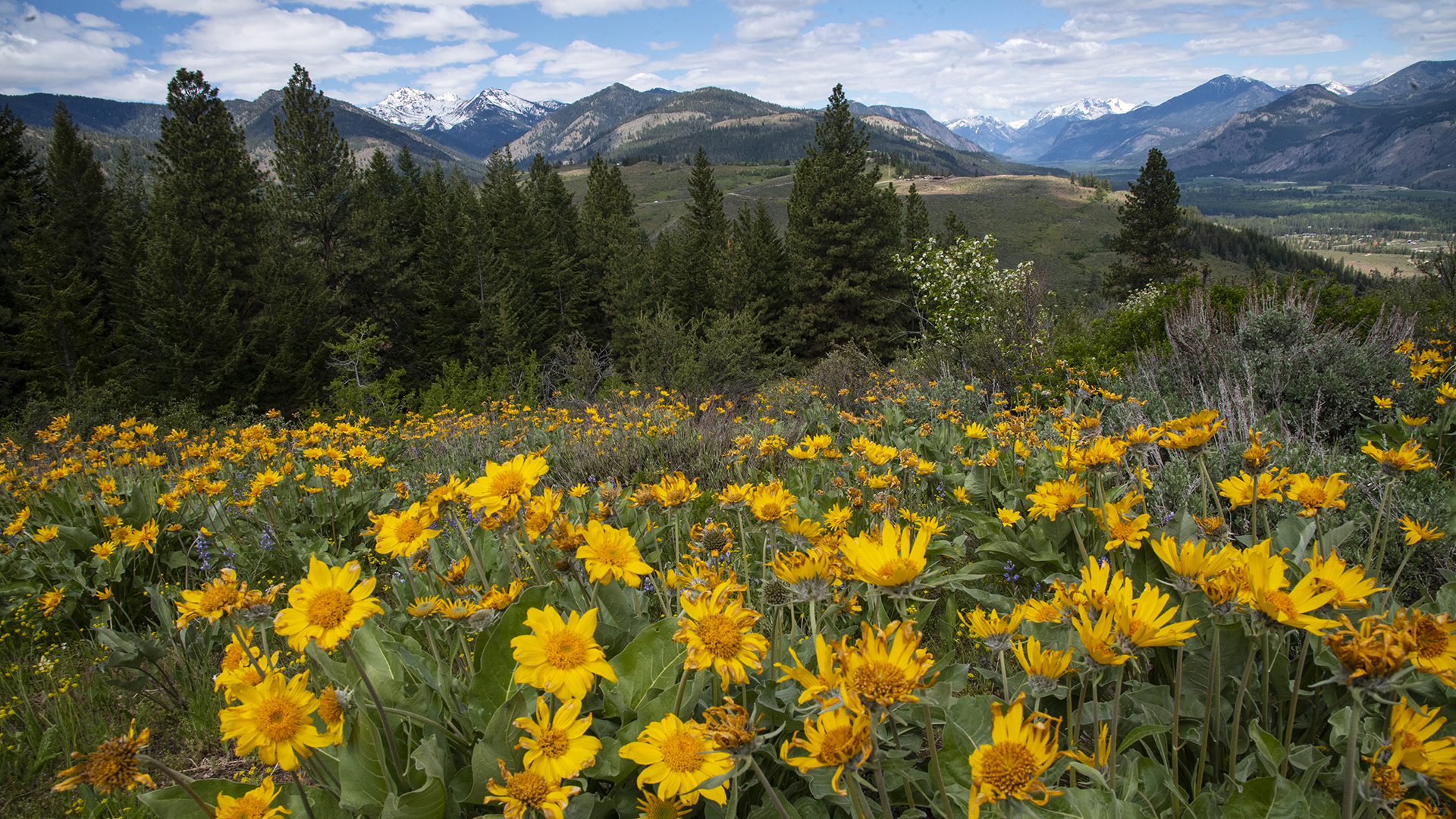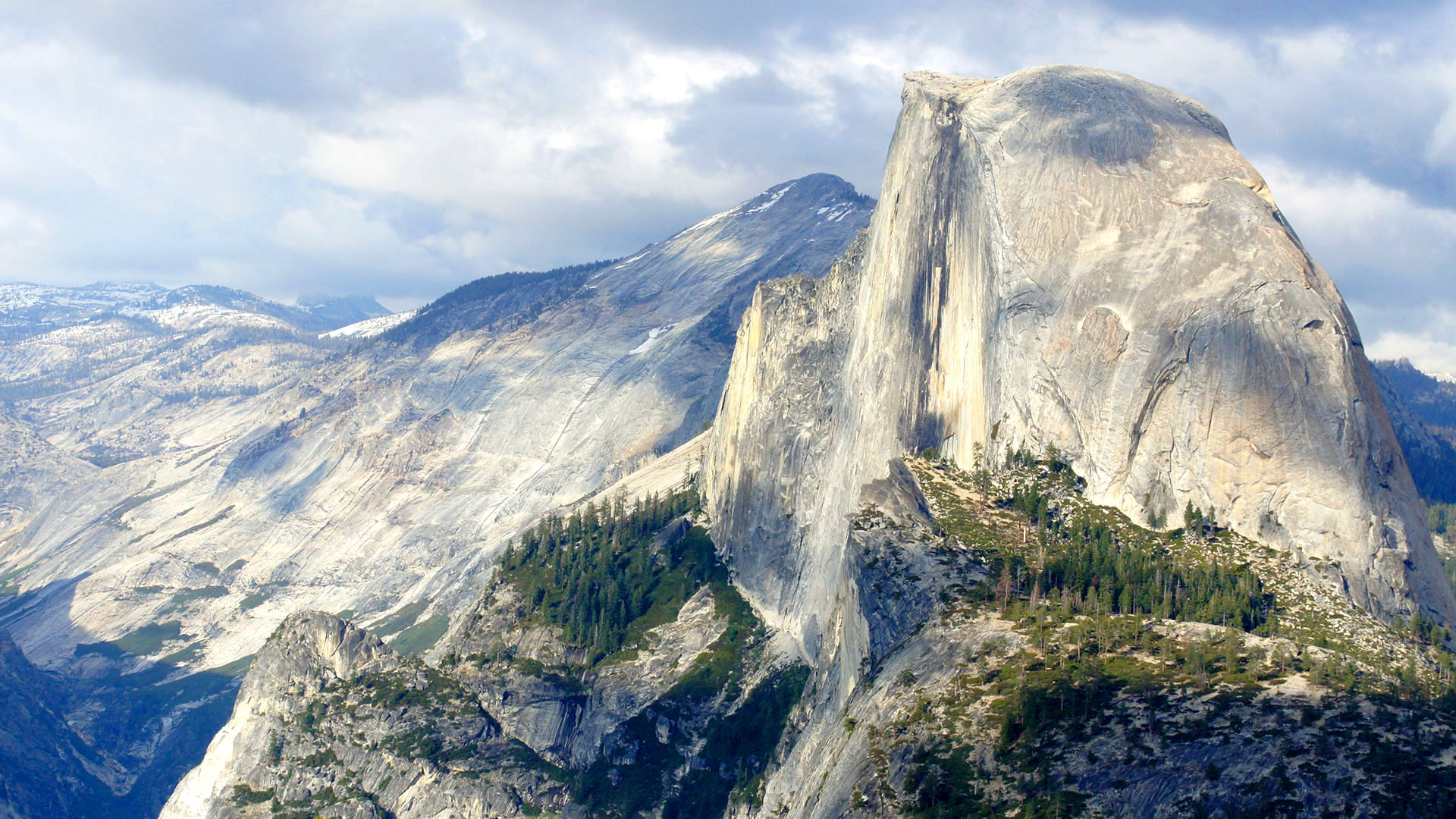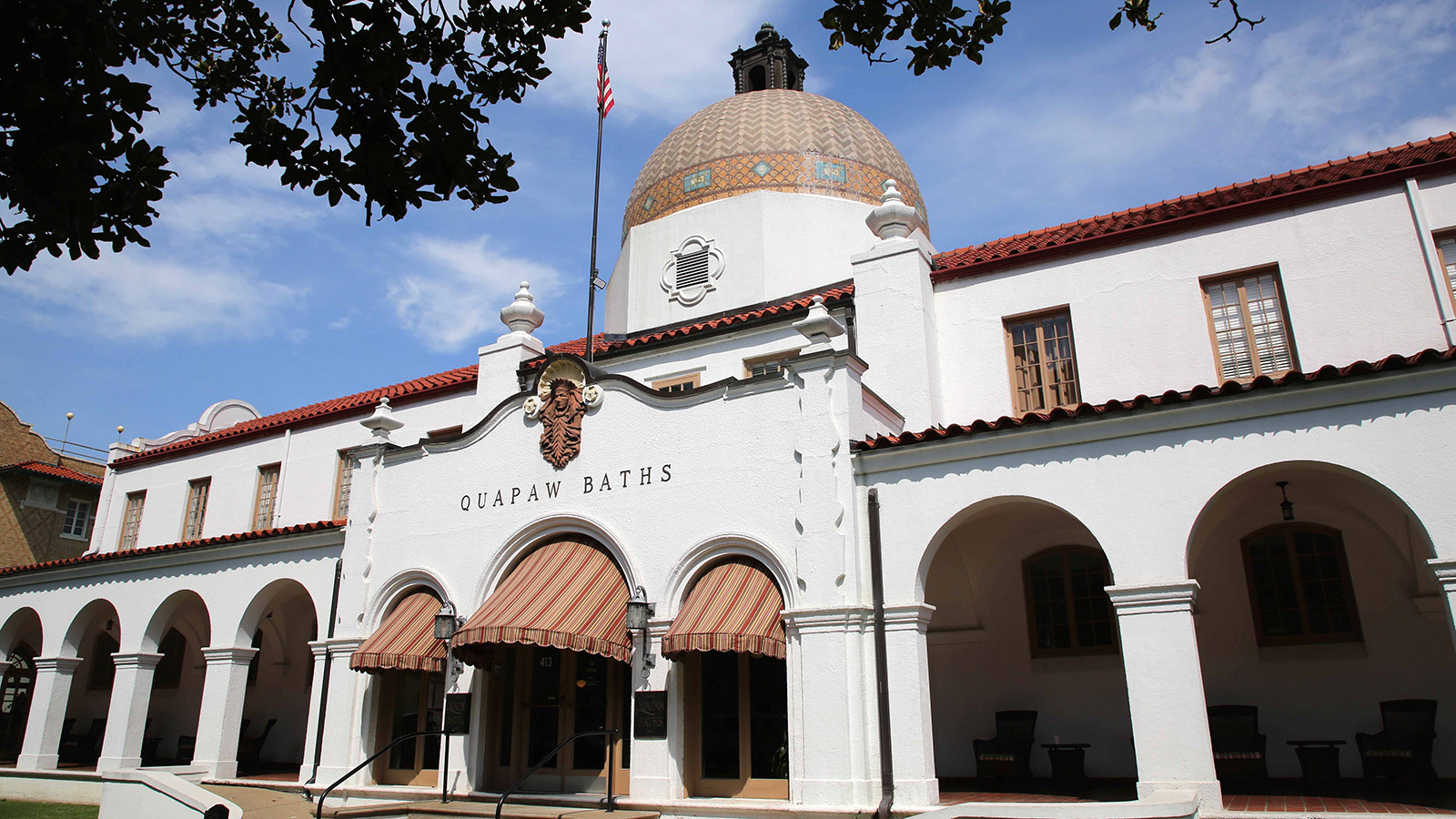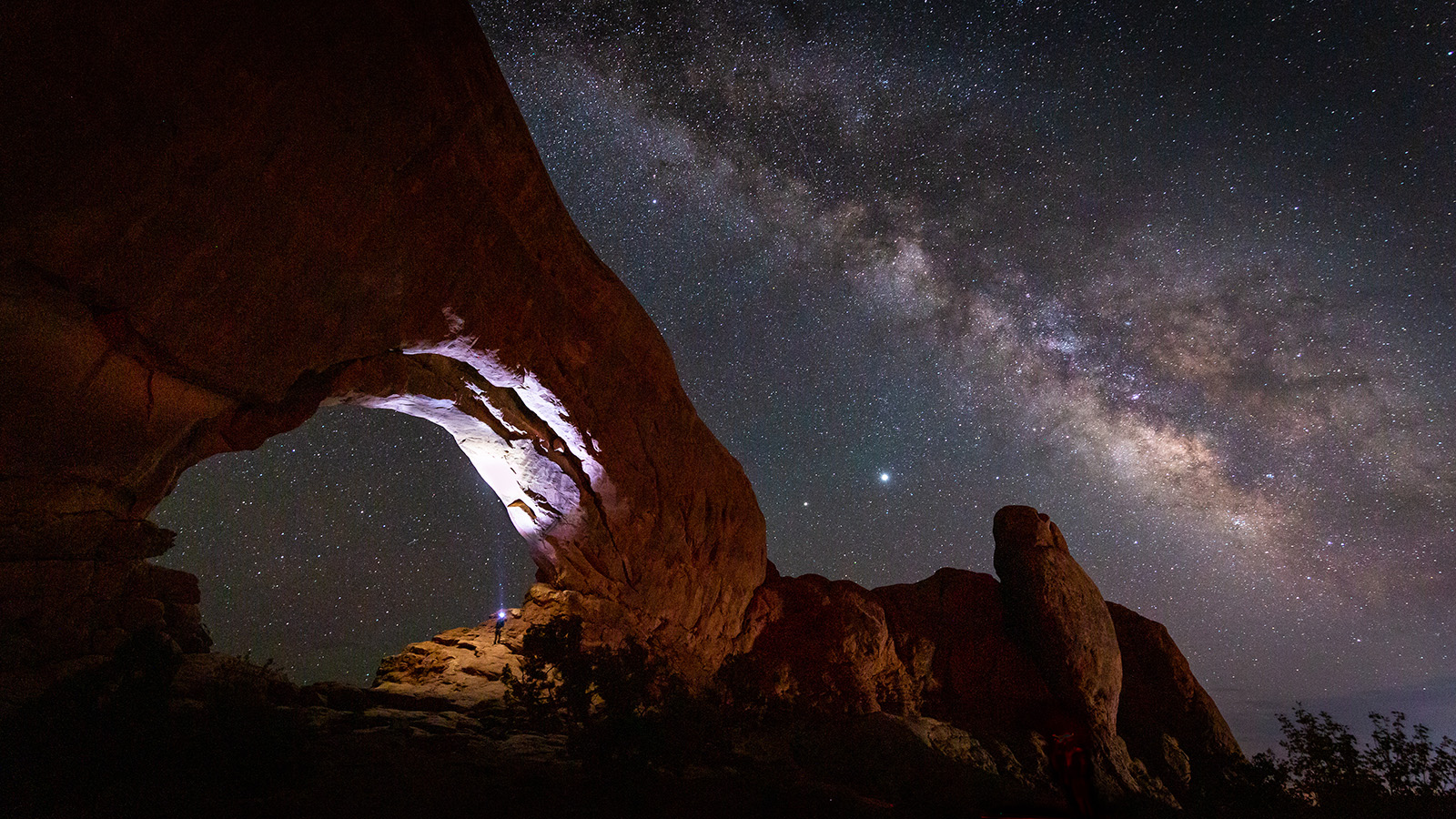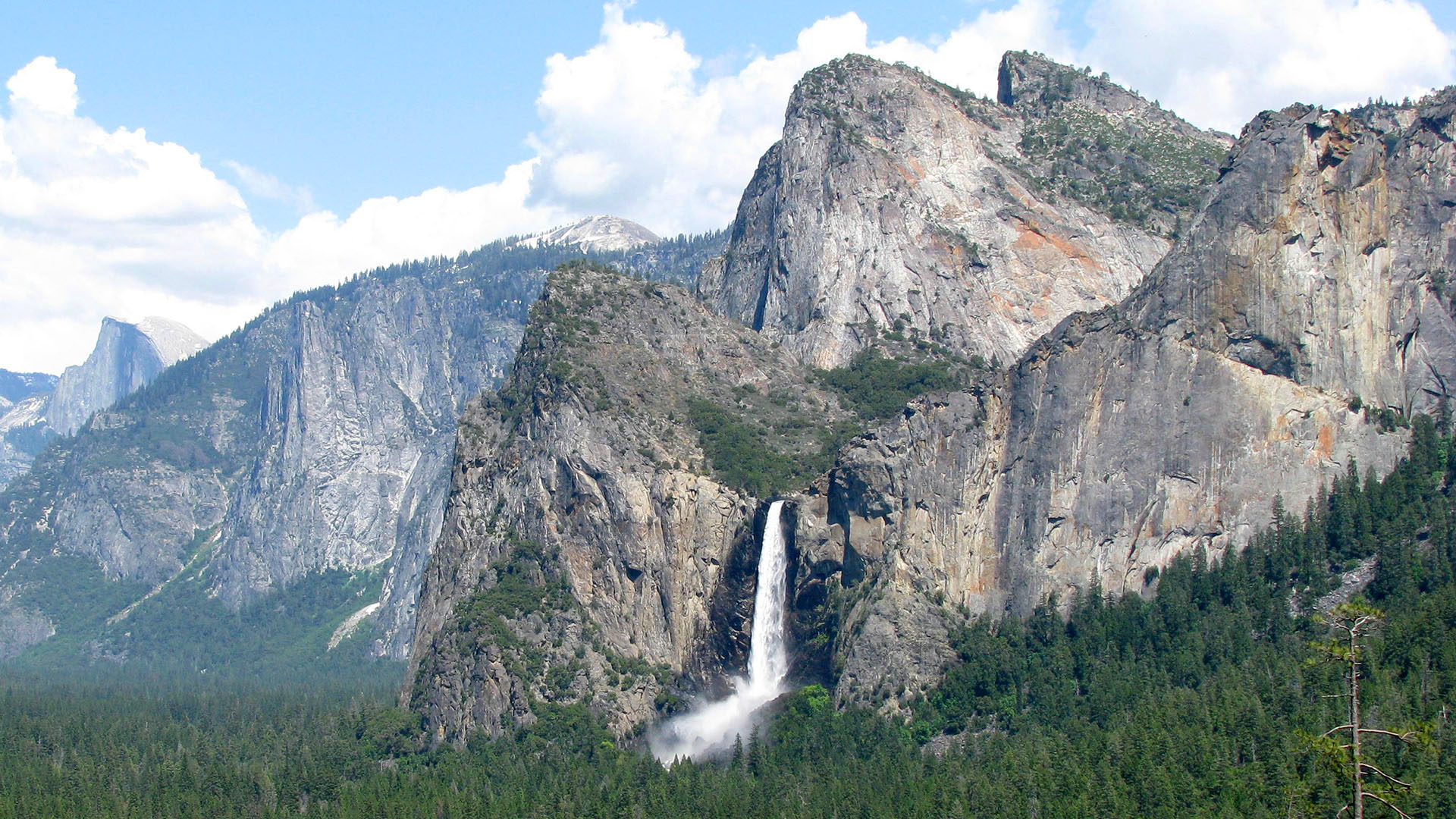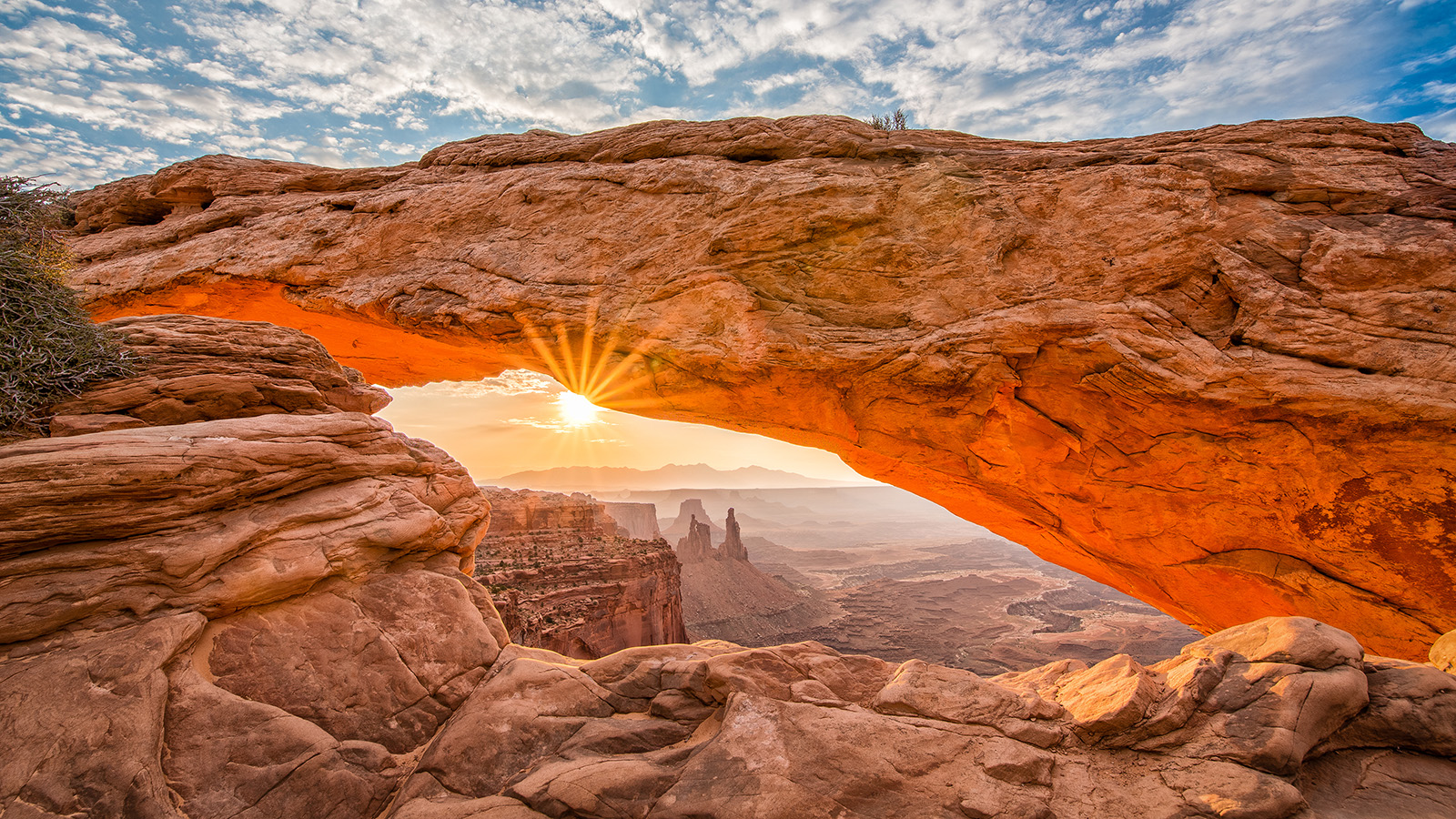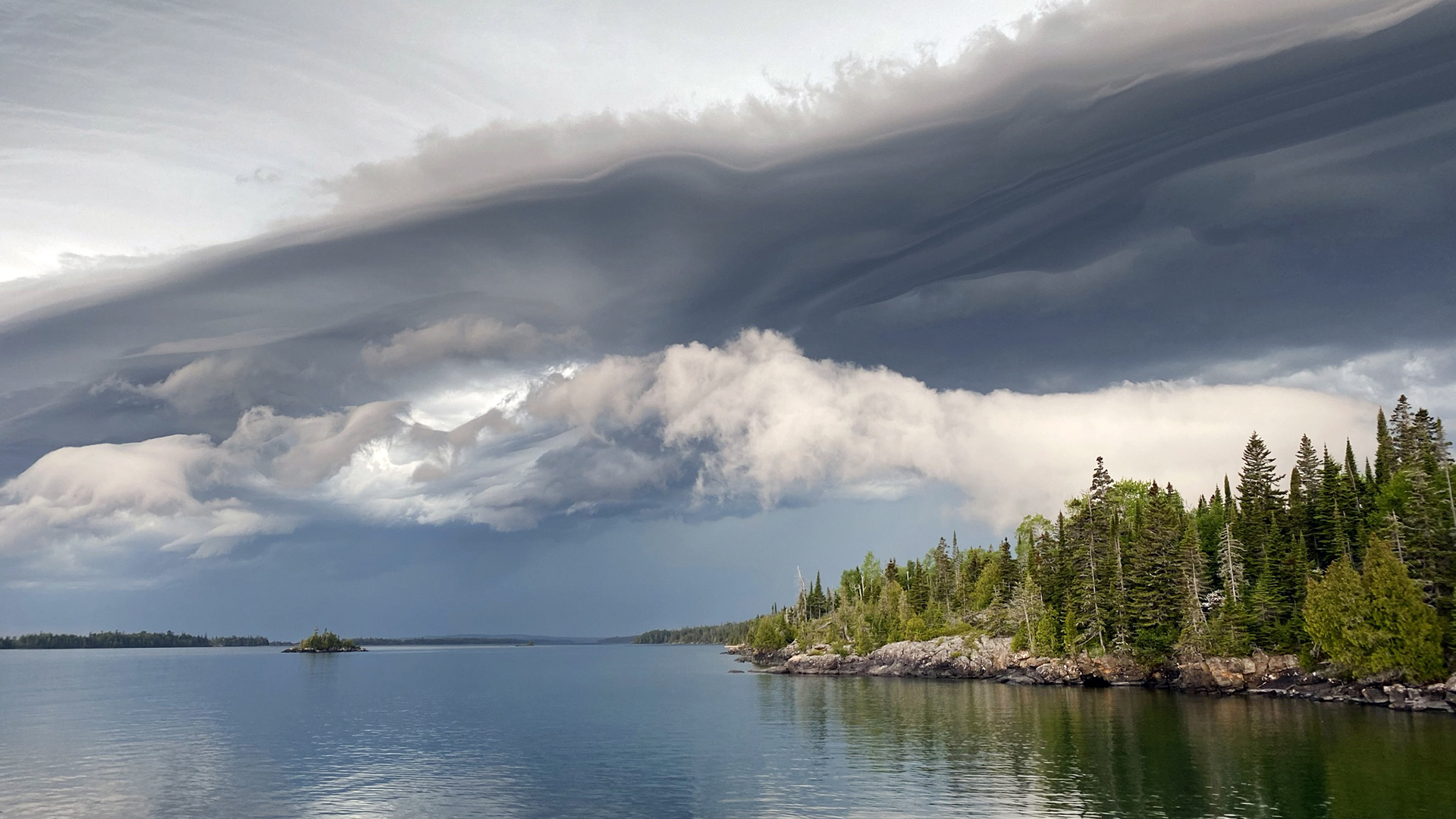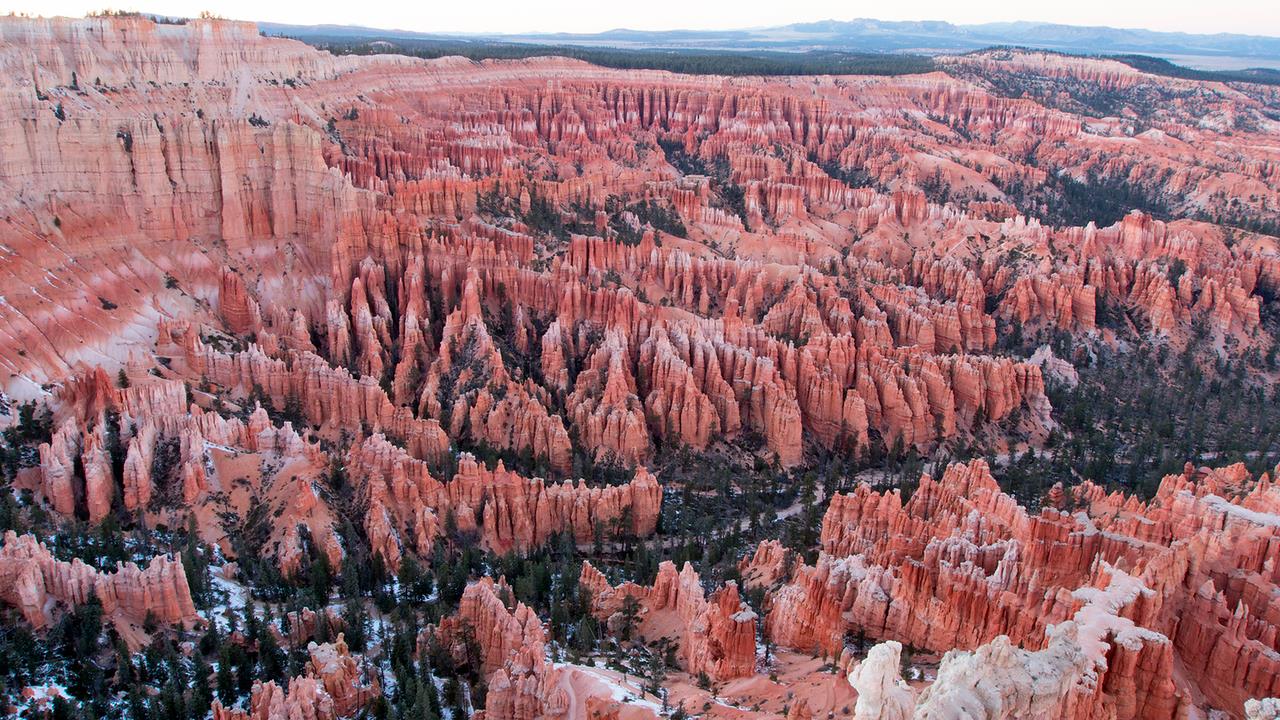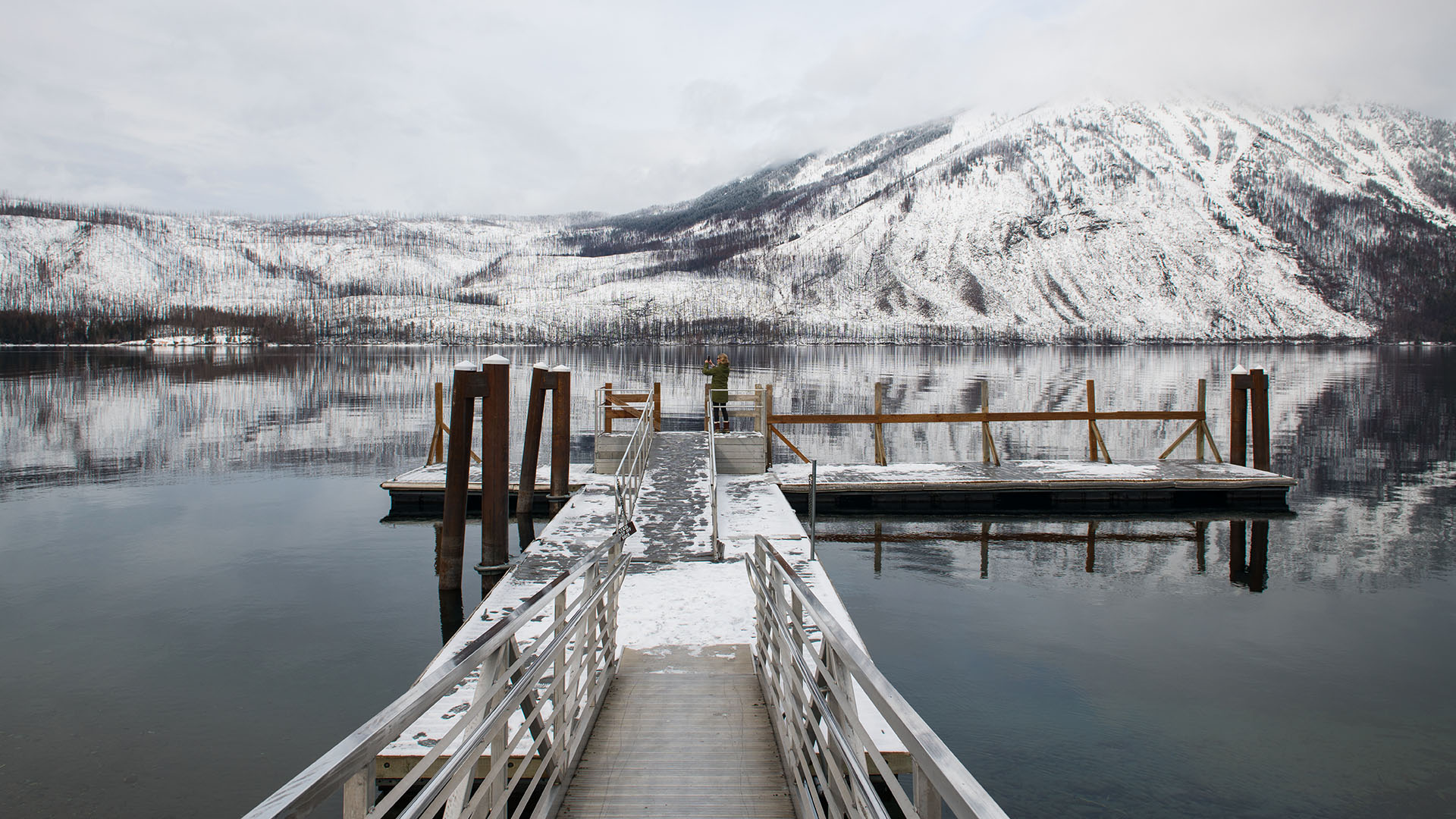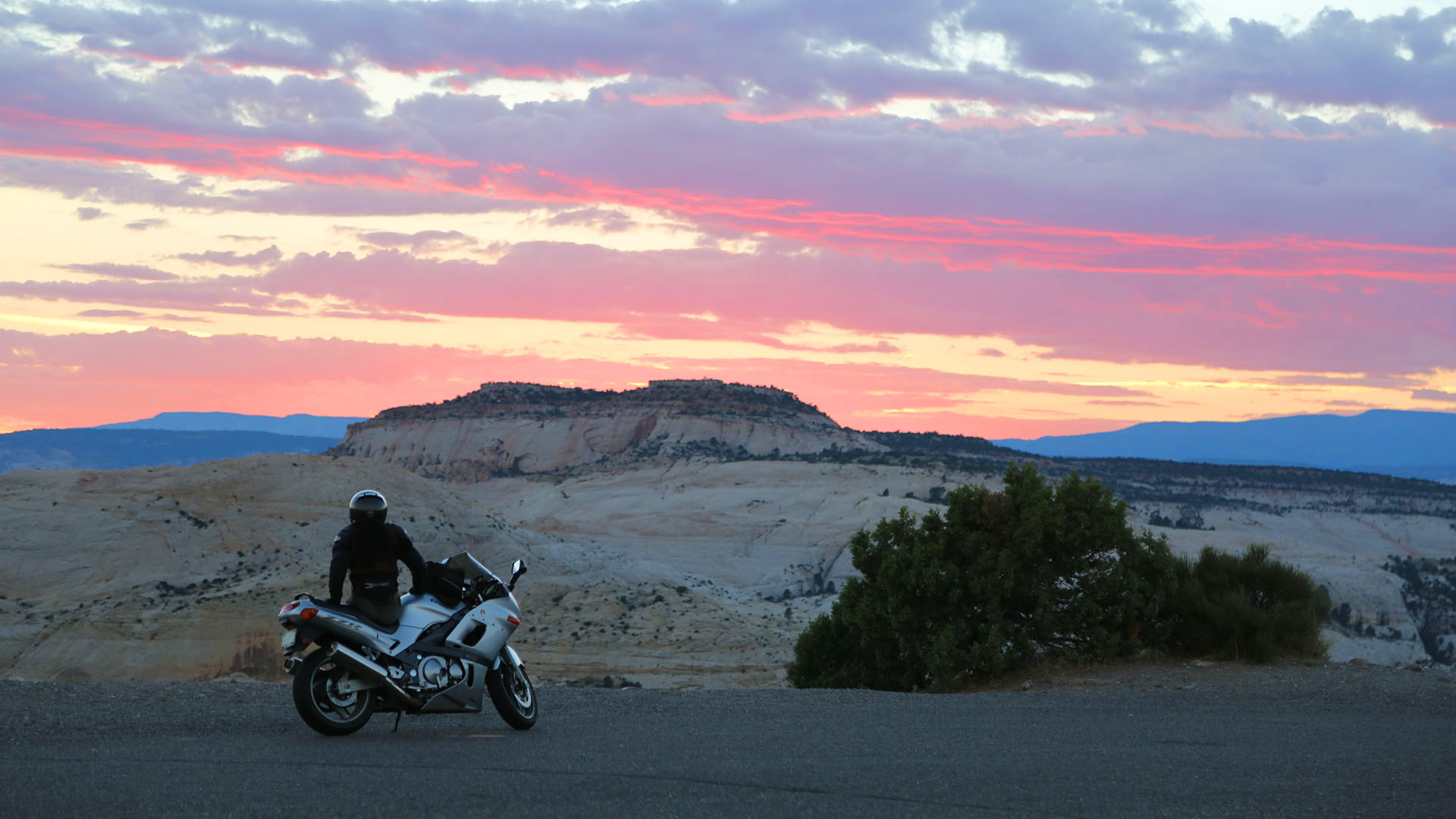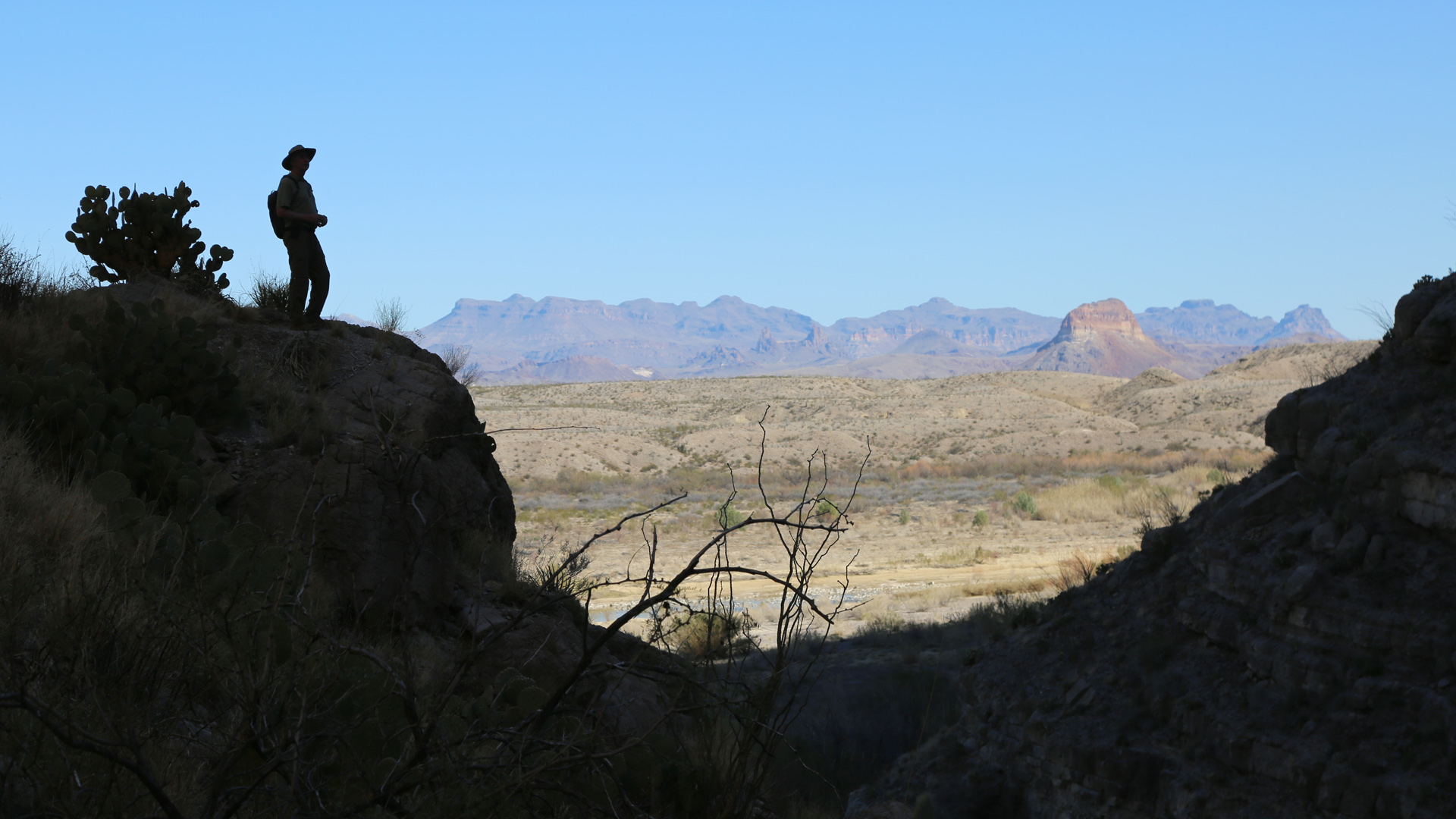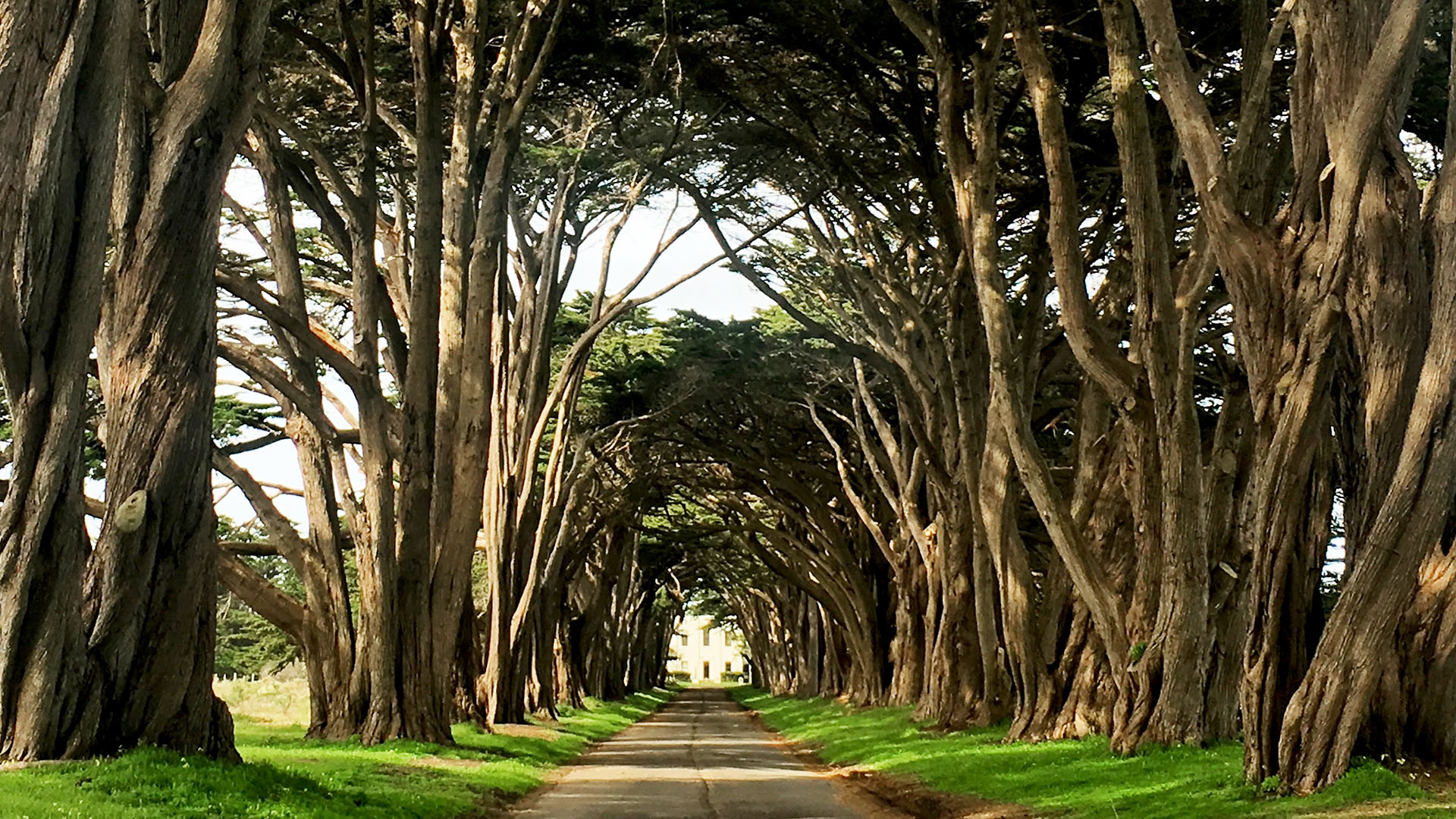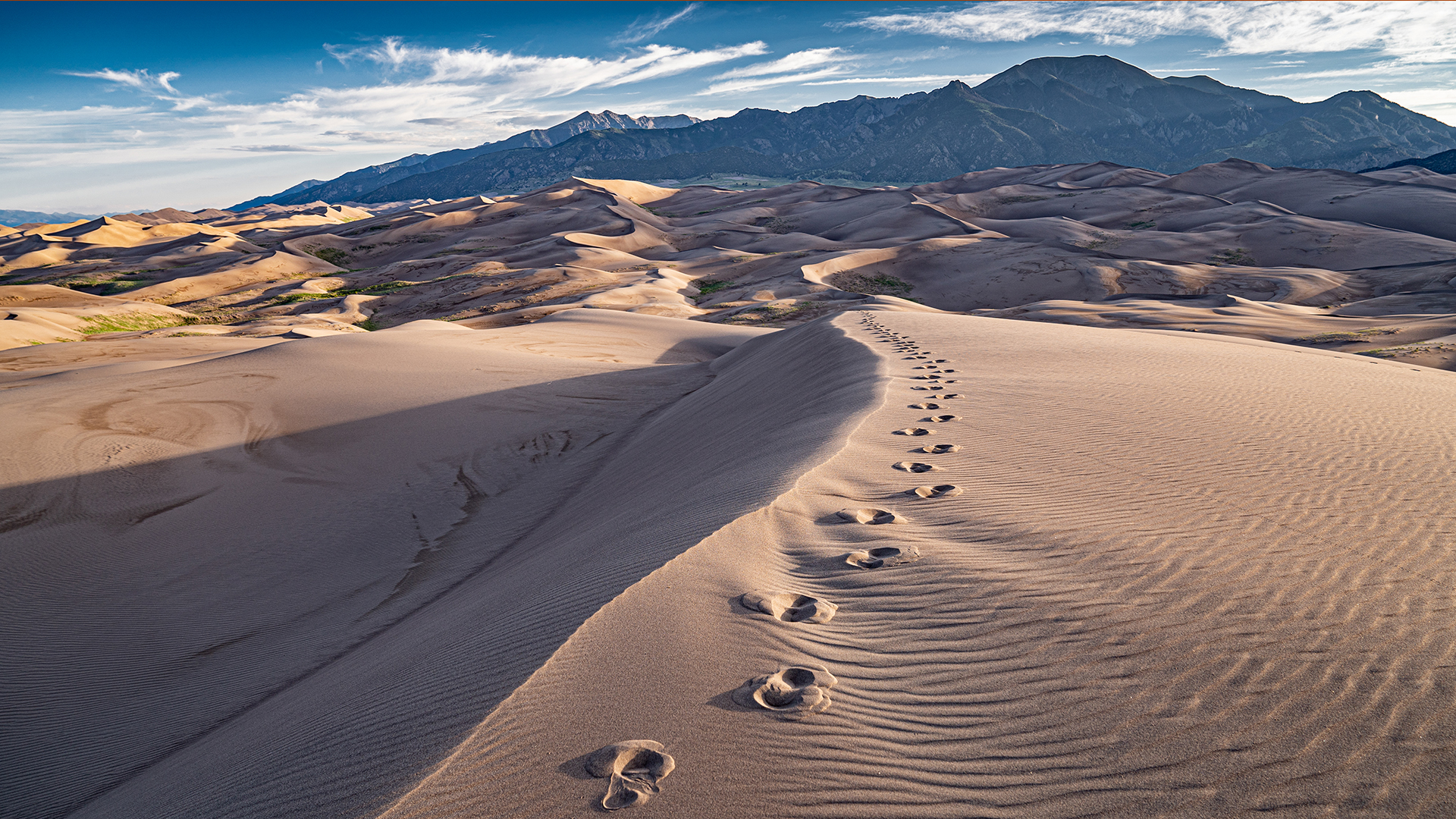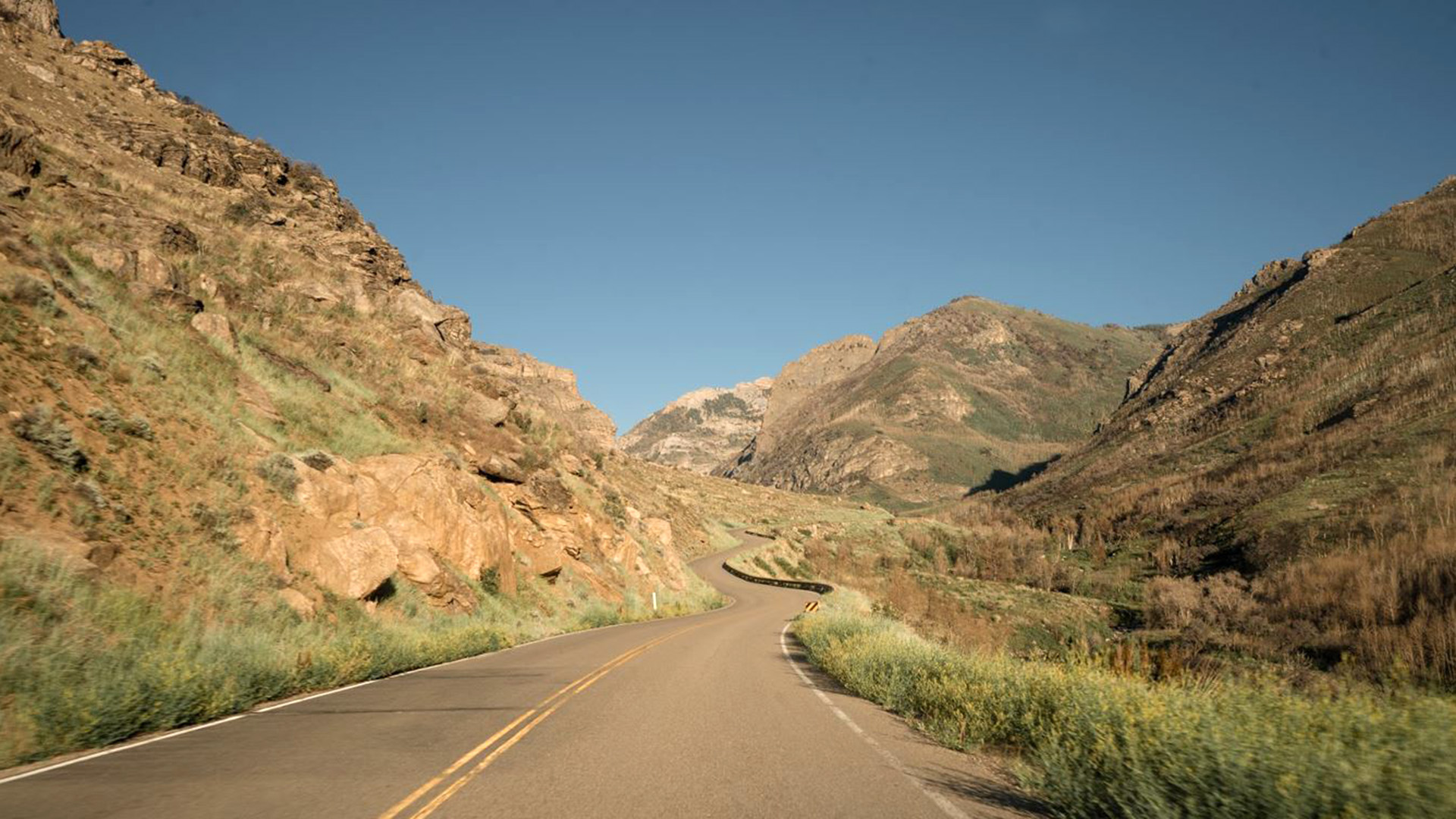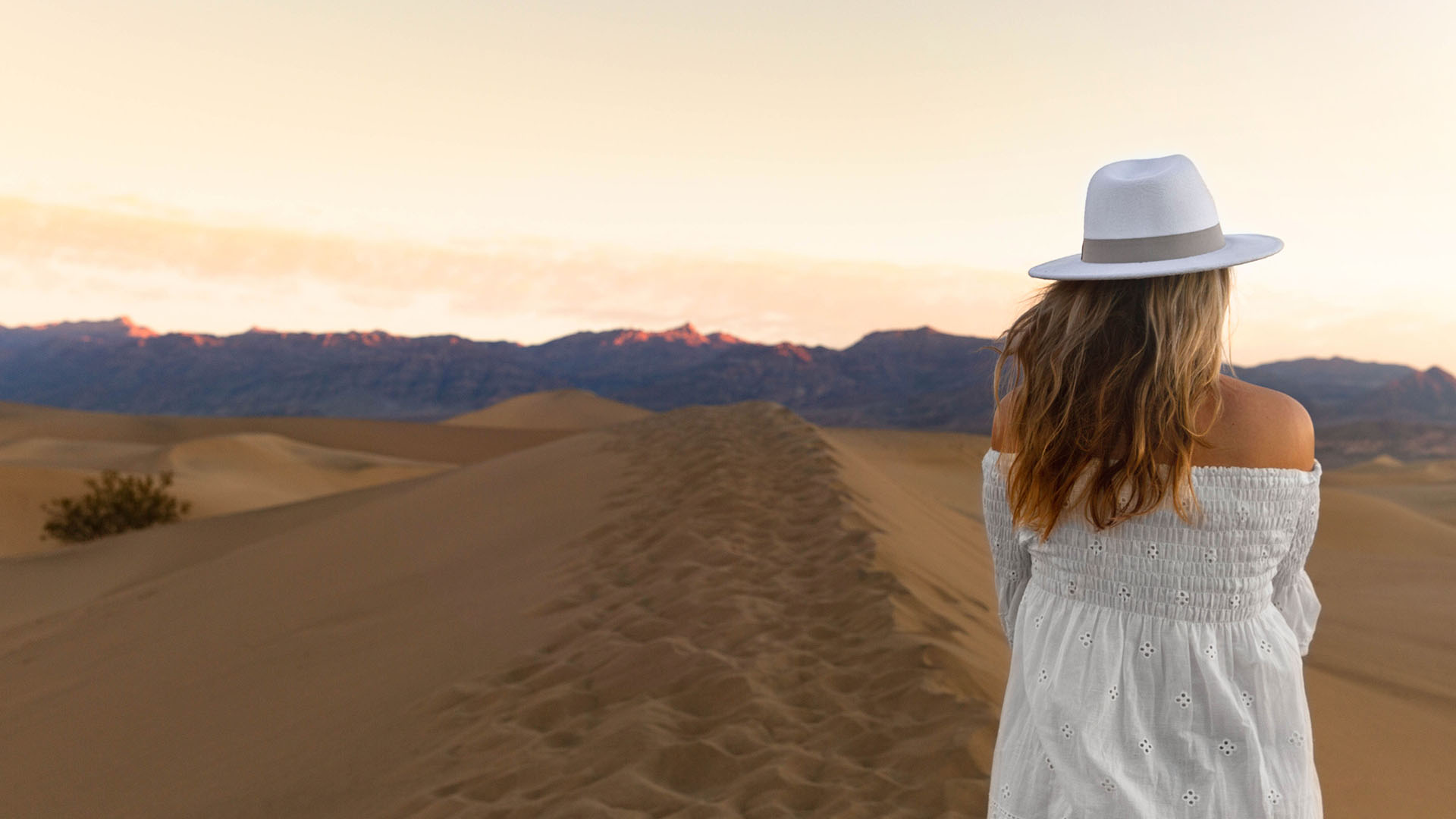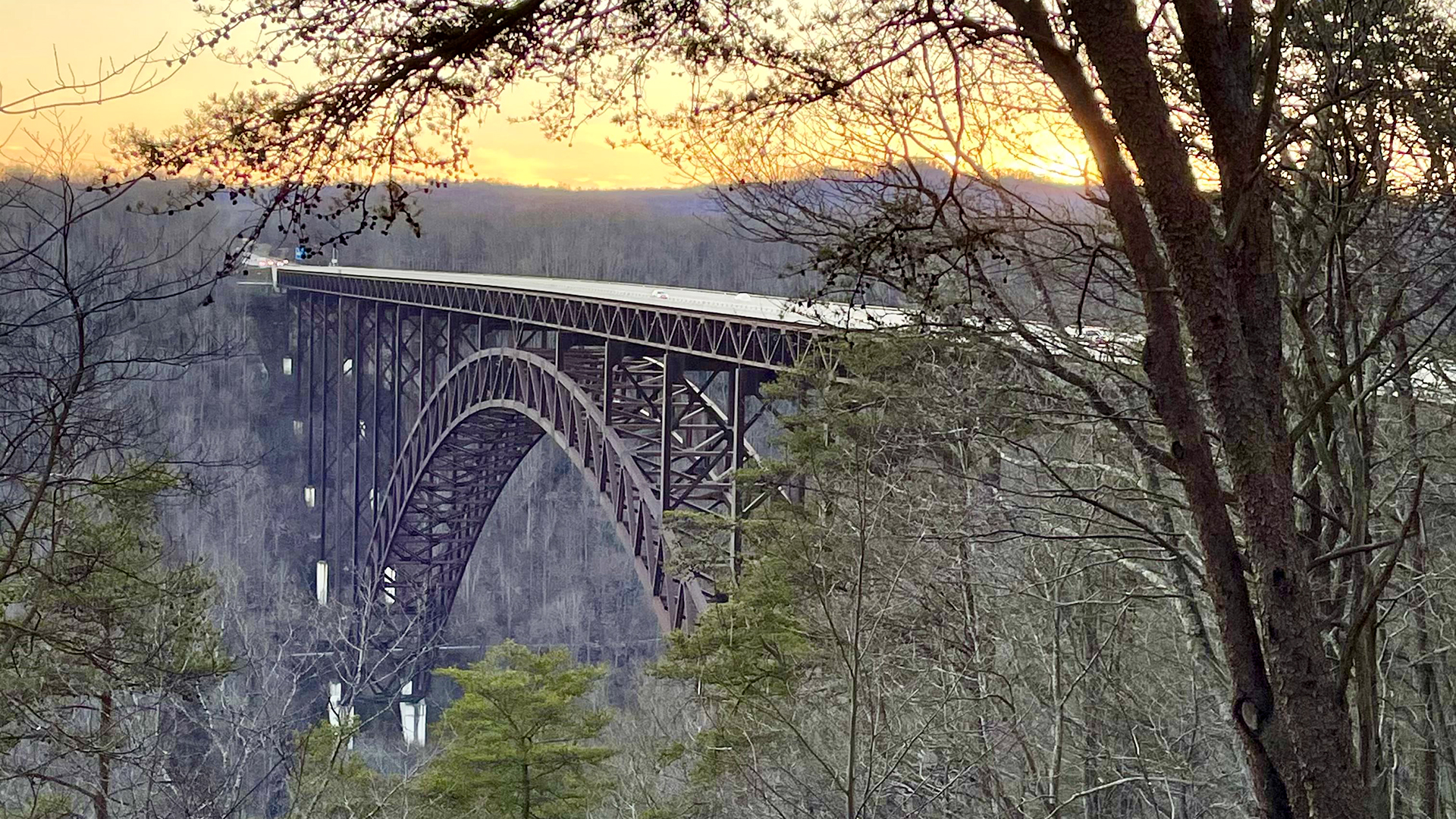Grand Teton National Park – The Ultimate Summer Getaway

The iconic Snake River winds its way toward Wyoming's Teton Range.
Story and photos by Derek Jerrell
Derek is an award-winning photographer specializing in wildlife and outdoor adventure photography. See more of his work on Instagram.
Sharing one of Wyoming’s scenic gems is particularly satisfying.
I’m standing at the Snake River Overlook in Grand Teton National Park, the very spot where in 1942 legendary photographer Ansel Adams captured the iconic image of the Snake River winding gracefully toward Wyoming’s Teton Range. That photograph has inspired generations of photographers, including me.
I’ve been here before, often, but this time I am sharing my love for this park with my girlfriend, Jen, who has never been to Grand Teton. My daughter, Karlie, and Jen’s daughter, Kinsey, are with us, and both girls are first-time visitors, too. This park offers opportunities for many outdoor activities, including river rafting, rock climbing, horseback riding and fishing, but we’re here to hike and to explore scenic drives.
Founded in 1929, Grand Teton National Park features a wealth of postcard-worthy vistas. Its diverse landscape spans roughly 310,000 acres and encompasses the jagged Teton mountain range, glacial lakes, alpine tundra, sagebrush meadows and countless forest streams. As part of the Greater Yellowstone Ecosystem, the park is home to a variety of wildlife, including elk, mule deer, bison, black bears and grizzly bears — providing some of the best wildlife-viewing in the county.
Our first morning, we fill up on breakfast burritos and piping hot coffee at the Cowboy Coffee Co., a local favorite in Jackson, just 5 miles south of the park. Then we pile into our rental car and head out in search of wildlife. We start on the Moose-Wilson Road, a picturesque drive that takes you through Moose, a small community that houses the park headquarters and a visitor center. Suddenly, from the back seat Kinsey squeals — she’s spotted a moose wading in Lily Pond. Later, we encounter several elk along the road, and we also see a great gray owl in a spruce tree. On Antelope Flats Road, 2 miles north of Moose Junction, we stop to admire several pronghorn sheep and countless bison.

A bison keeps a watchful eye on her calf.

The 3.4-mile Lake Creek Trail features the soothing sounds of rushing water.
Lodging and Hiking Trails
Although we love to camp, our home for the week is a quaint Airbnb rental nestled just outside the park entrance. With multiple bedrooms and a family room, it’s the perfect base for our Grand Teton adventure. Within the park, there are six campgrounds and five lodges, offering a variety of amenities. Gros Ventre, one of the largest campgrounds, boasts about 300 campsites and can accommodate tent camping, travel trailers and RVs. The beautiful Jackson Lake Lodge, on a bluff overlooking Jackson Lake, was recently renovated.
On our second day in the park, we set our alarms for 6 a.m., because the most popular hiking trails get crowded during the peak hours of the day, especially in summer. By starting early, we’ll have the trails to ourselves. A bonus to an early start is watching the warm glow of the sunrise envelop the landscape.
Grand Teton provides more than 230 miles of hiking trails, so our biggest challenge is deciding which to explore. We start the day on the Taggart Lake Trail, a three-mile-long loop that winds through a forest of lodgepole pine and spruce trees. Taggert Creek flows gently alongside the trail. Although this trail is relatively easy, it offers breathtaking views of the Teton Range, including Grand Teton Mountain. At 13,770 feet, it’s the park’s highest peak. Next, we make the short hike to the Chapel of Transfiguration. A large window behind the altar perfectly frames the Cathedral Group of peaks.
Our final hike of the day is one of the most memorable of our trip. The Laurance S. Rockefeller Preserve, a former dude ranch in the southern section of the park, features a state-of-the-art visitor center and an eight-mile trail system with several loop hikes that wind alongside the scenic Lake Creek.

The Teton Range is home to a small herd of native bighorn sheep.

The historic T. A. Moulton’s barn draws photographers from around the world.
Waterfalls and Iconic Vistas
Karlie and Kinsey enjoy hiking here because the loops are relatively easy, and the dense canopy of the forest provides some much-needed relief from the afternoon sun. Small waterfalls and fast-flowing creeks are prominent, and the sound of rushing water allows us to become fully immersed in this pristine preserve.
On our final day in the park, we explore more scenic drives and visit overlooks in the park. We start at the famous Oxbow Bend, along Highway 89/191 between Jackson Lake Junction and Moran Junction. On a day with no wind, you’ll see crystal-clear reflections of Mount Moran and Signal Mountain in the Snake River. Next, we set out on Teton Park Road, about 9 miles south, in search of more views of the Tetons’ classic alpine mountains. Insider tip: If you drive north to south, you will be facing the mountains most of the time.
Perhaps one of the most recognizable overlooks is the T.A. Moulton Barn on Mormon Row, part of an early homesteading settlement established in the 1890s in Jackson Hole Valley before the national park was established. Located along Antelope Flats Road between the towns of Kelly and Moose, the historic barn is impossible to miss. Wildflowers blanket the surrounding fields, and the barn and other buildings are dwarfed by the mountain backdrop.
Our last stop of the day is Schwabacher’s Landing, a boat landing along the east shore of the Snake River where the terrain flattens out. A road winds its way from the main highway down to a small parking lot, and just steps from the car you’ll find small creeks and beaver ponds. This is one of my favorite views in the park, perhaps because of the way the intimate waterways are juxtaposed with the mountains rising majestically behind them.
Jen, Kinsey, Karlie and I stand in awe of the beautiful landscape, soaking up the last remaining rays of sun at the end of our first Grand Teton National Park getaway together. Without a doubt, we’ll be back.

Spruce and cottonwood trees line Schwabacher Landing.
Related
Read more stories about national parks.
- Grand Canyon Hike
- Great Smoky Mountains Waterfalls
- Grand Teton National Park
- Yellowstone National Park in Winter
- Weekend Getaway in Joshua Tree National Park
- National Park Tradition Renews Family Ties
- Road Trip to Five National Parks Near Los Angeles
- Road Trip Through Northern California
- Rocky Mountain National Park Snowshoeing
- Mount Rainier National Park
- Road Trip to Acadia National Park
- Road Trip to Zion National Park for Artistic Inspiration
- Cold Weather Photography Tips
- Road Trip to White Sands National Park
- Road Trip to Saguaro National Park
- Petrified Forest National Park
- Road Trip Through Central Oregon
- Majestic Mountain Loop Family Fun
- Road Trip to Indiana Dunes National Park
- Cades Cove Scenic Drive is a Trip Back in Time
- Majestic Mountain Loop
- Road Trip from Denver to Glacier National Park
- Driving Through The Smoky Mountains: Planning Your Road Trip
- Day Trip to Dry Tortugas National Park
- Black Canyon of the Gunnison National Park
- Washington’s North Cascades National Park
- Road Trips to National Parks in Winter
- Cascades Loop Road Trip
- Fall Foliage Road Trip in Road Trip From San Francisco to Yosemite
- Things to Do in Hot Springs, AR on Your Next Getaway
- Road Trip to Dark Sky Parks in Utah
- Weekend Getaway to Yosemite National Park
- Plan a Road Trip to a National Park Near You
- Isle Royale National Park
- Mountain Road Trips
- Weekend Getaway to Bryce Canyon National Park
- Visiting Glacier National Park in Winter
- Road Trip on Utah's Scenic Byway 12
- Road Trip to Big Bend National Park, Texas
- Visiting Washington's Olympic National Park in the Offseason
- Road Trip from Olympic National Park to San Francisco
- Colorado’s Great Sand Dunes National Park
- The Loneliest Road in America
- Road Trip to Death Valley National Park
- New River Gorge National Park


